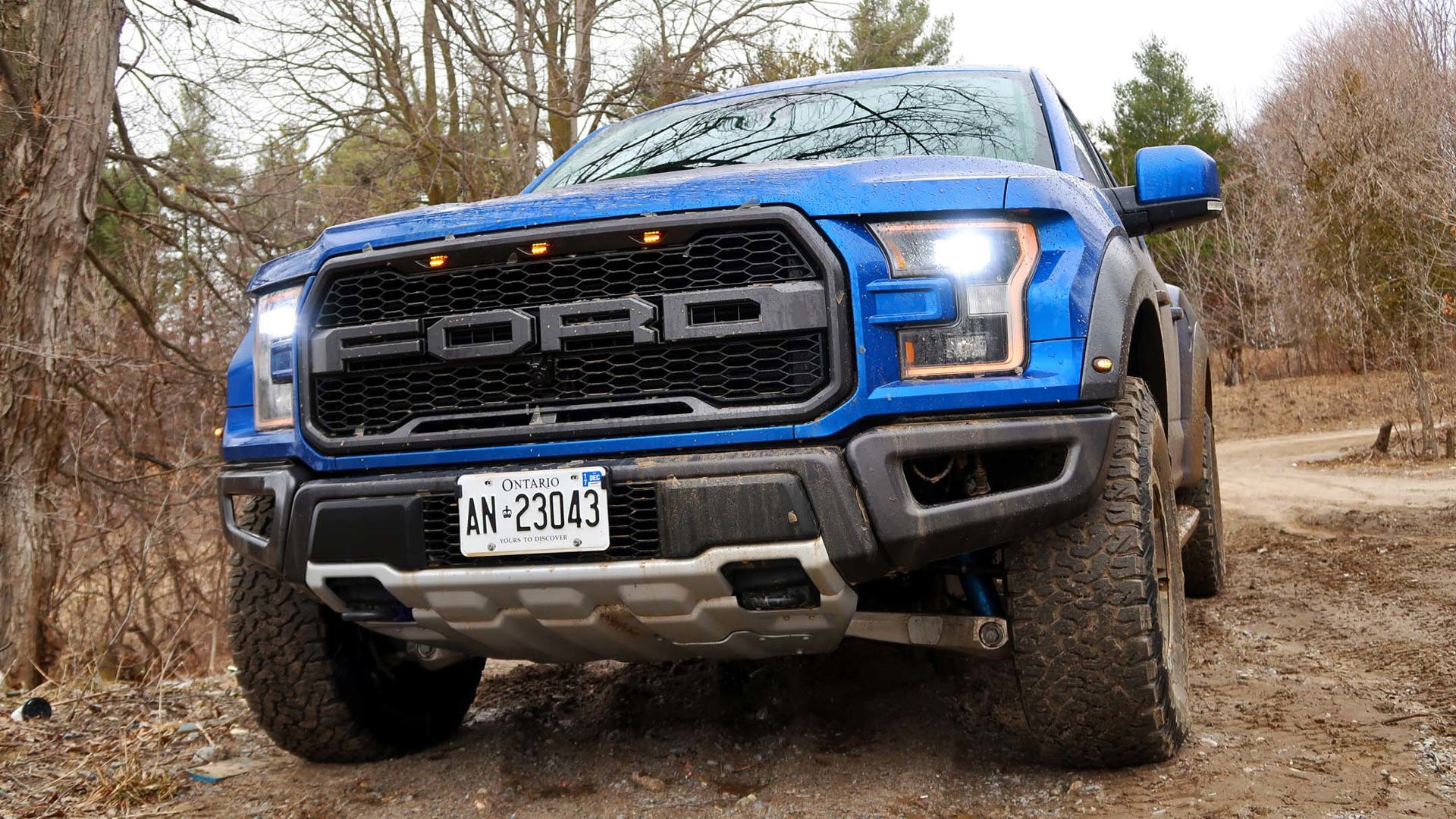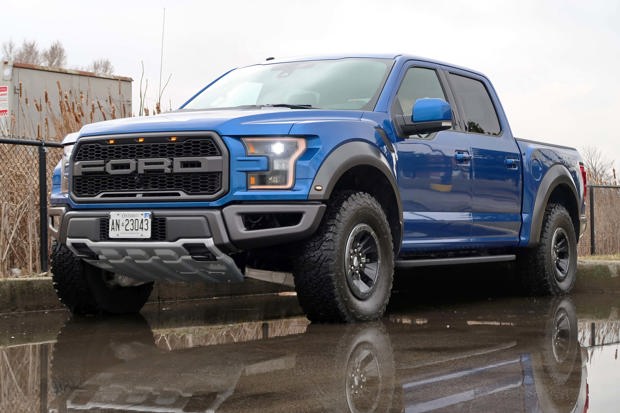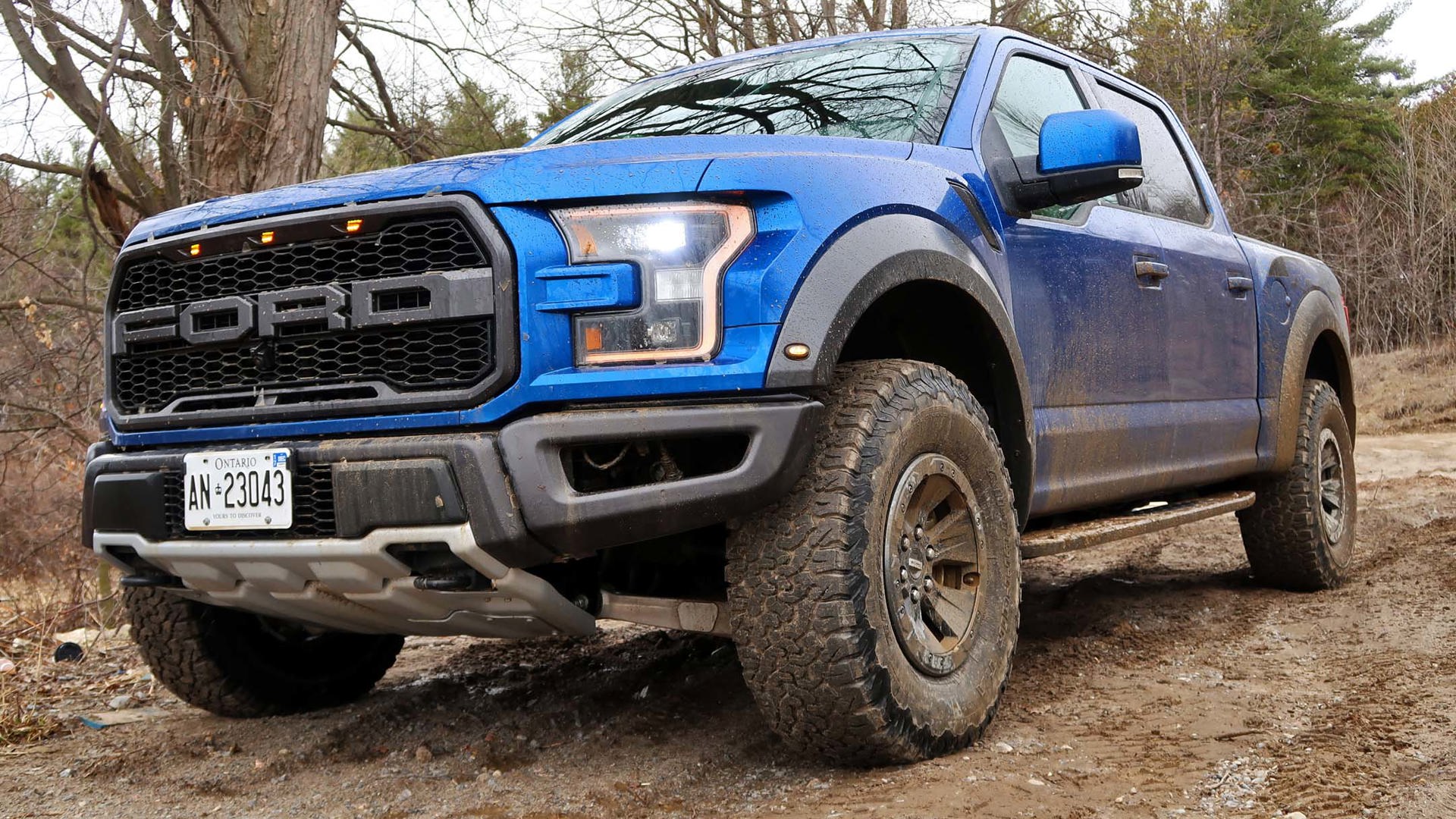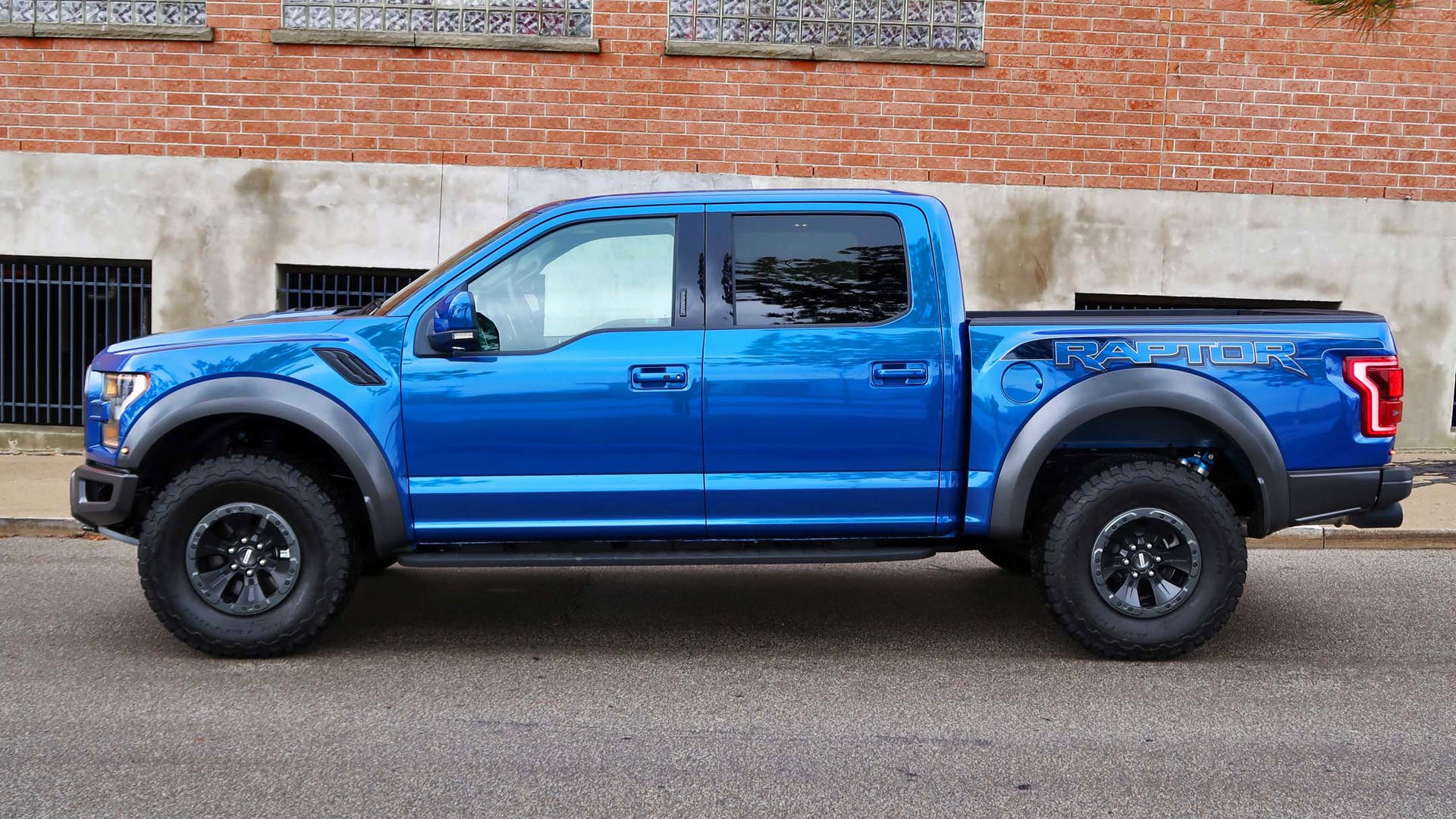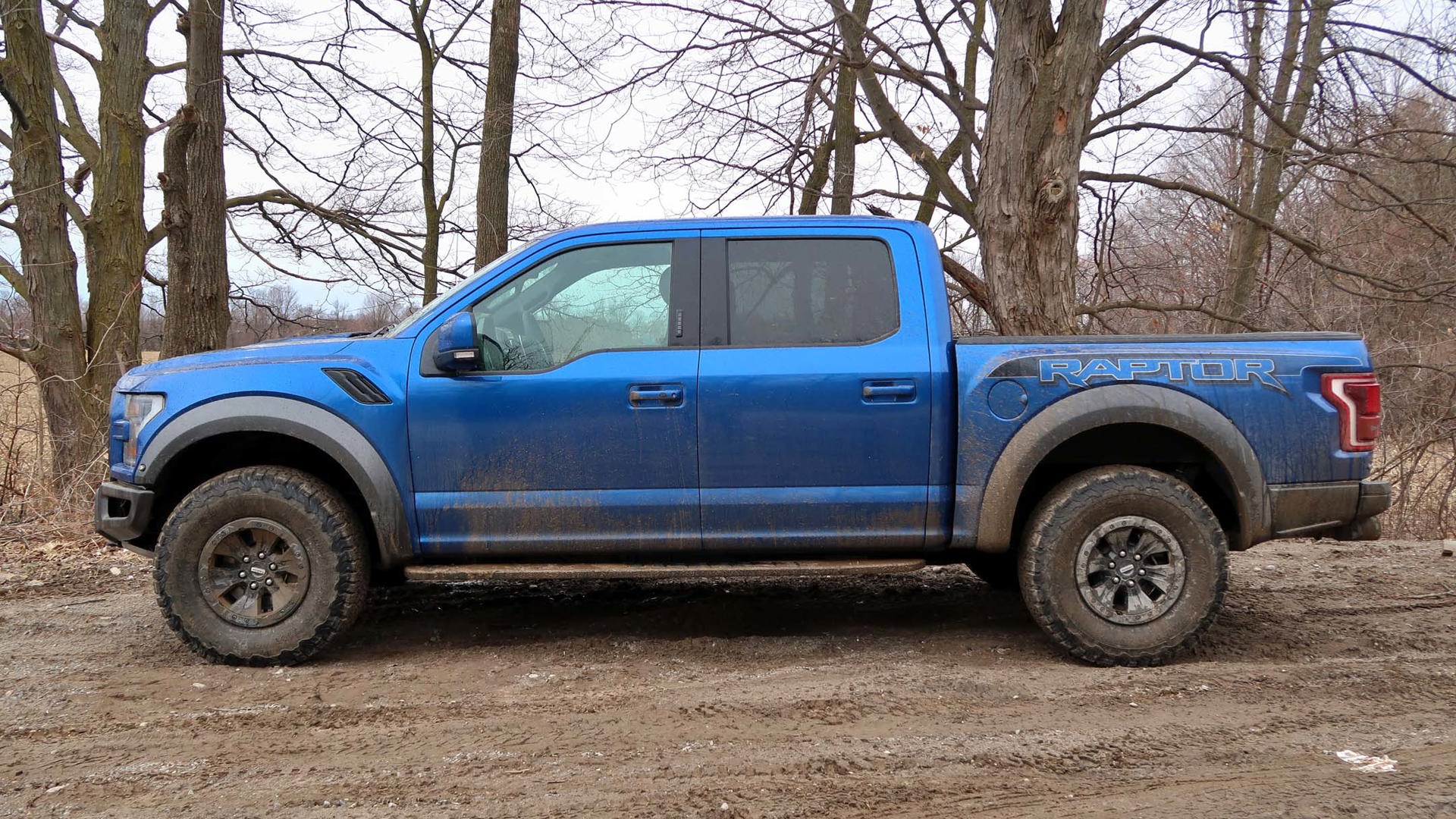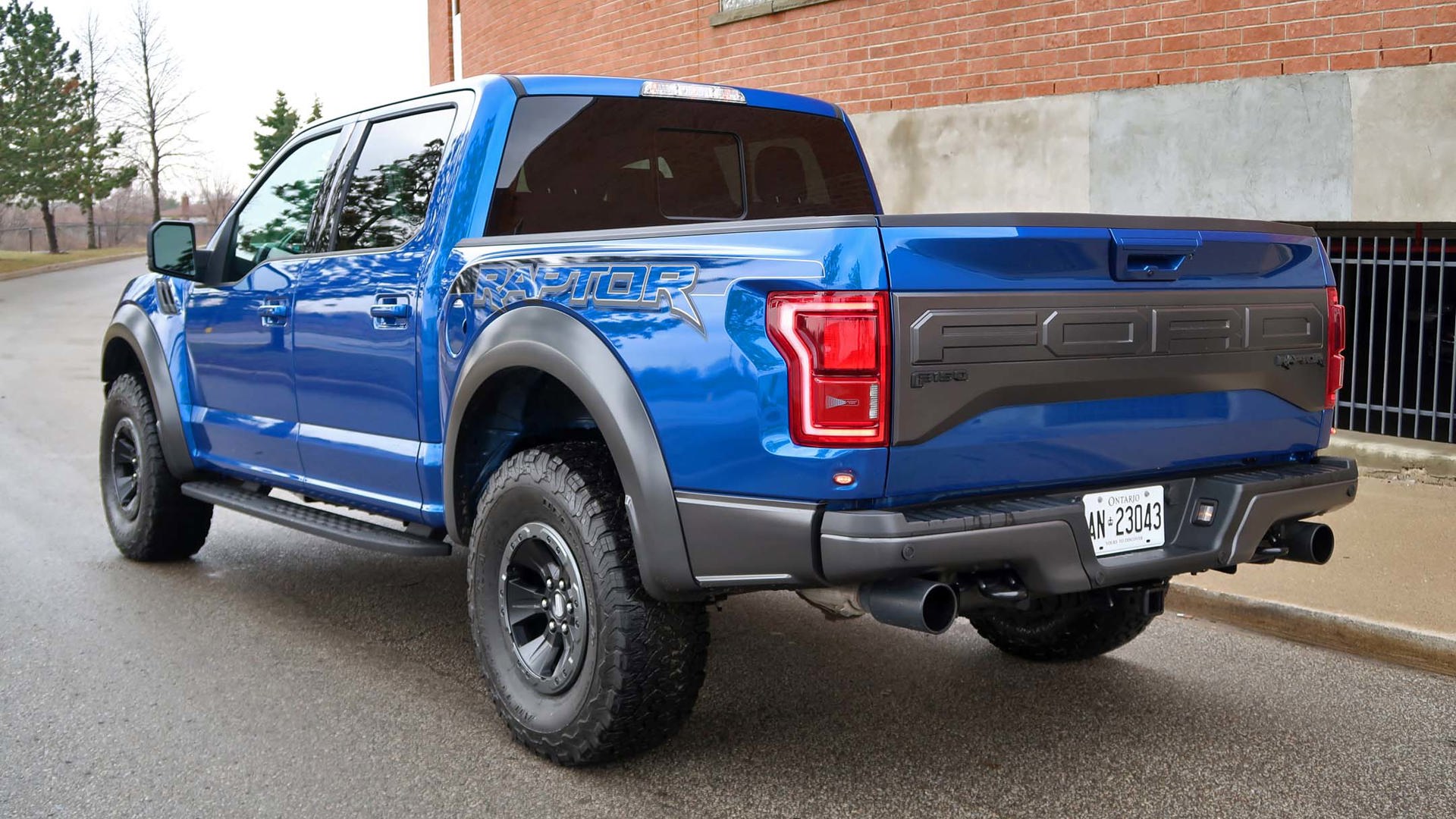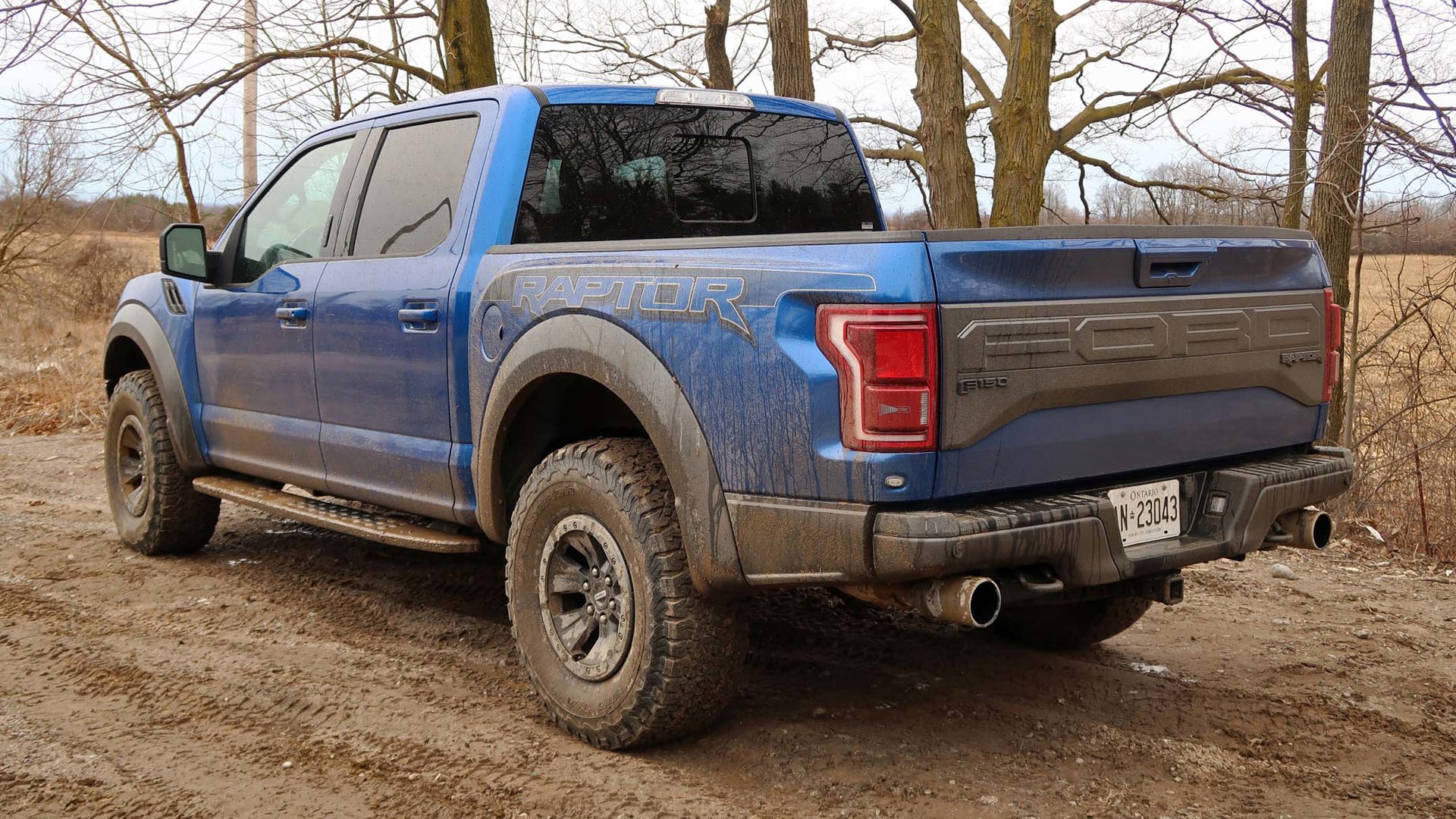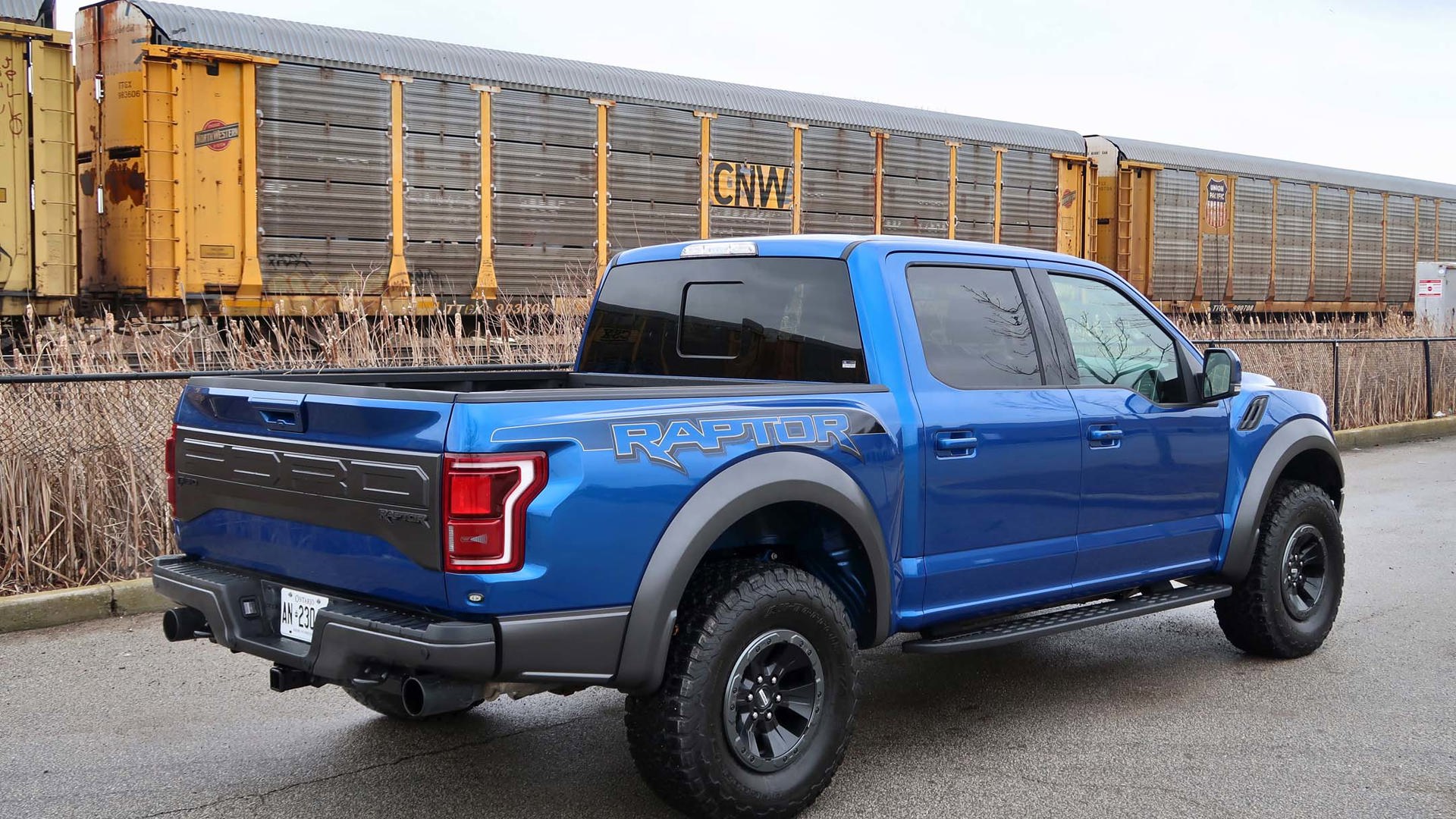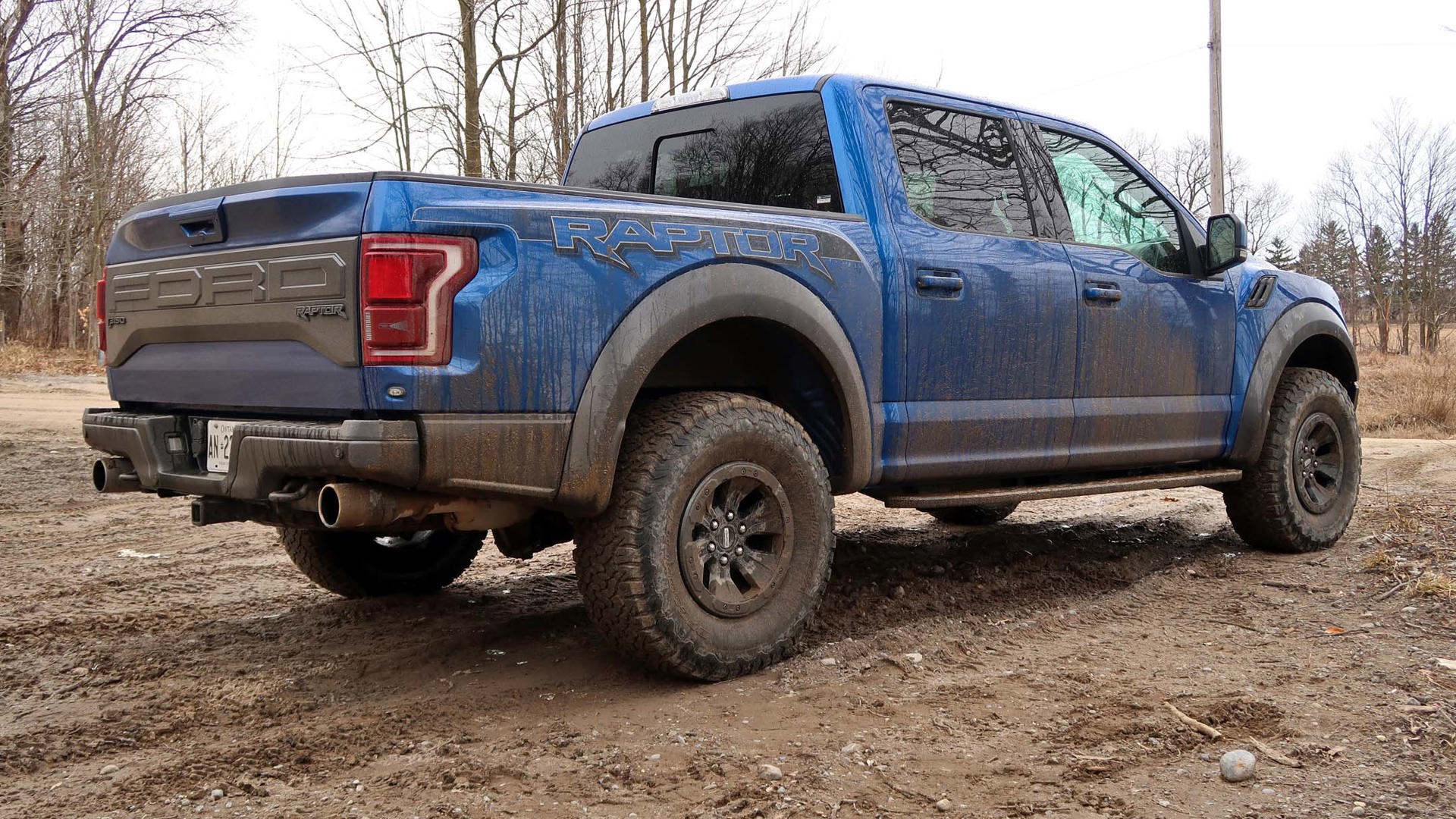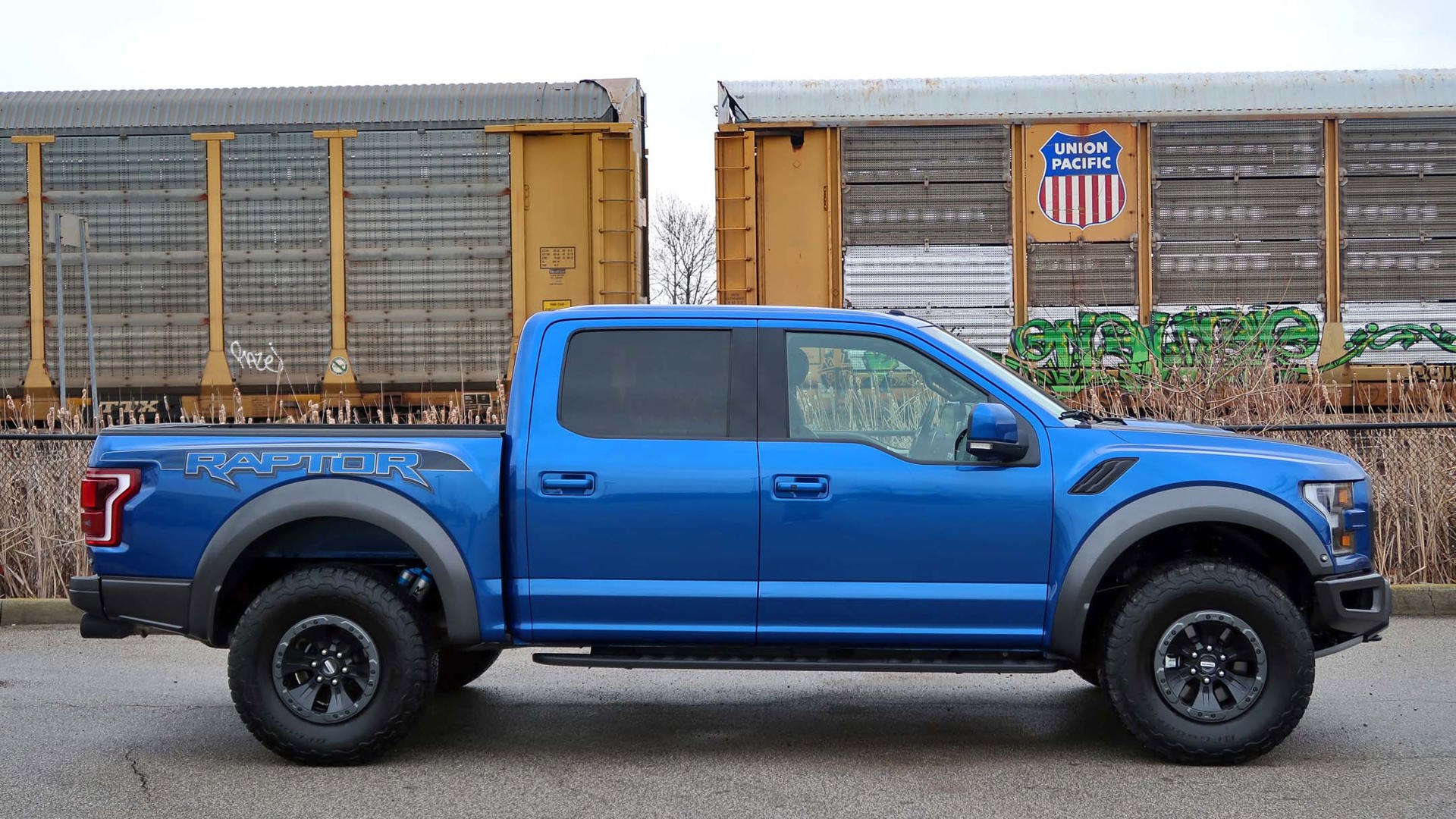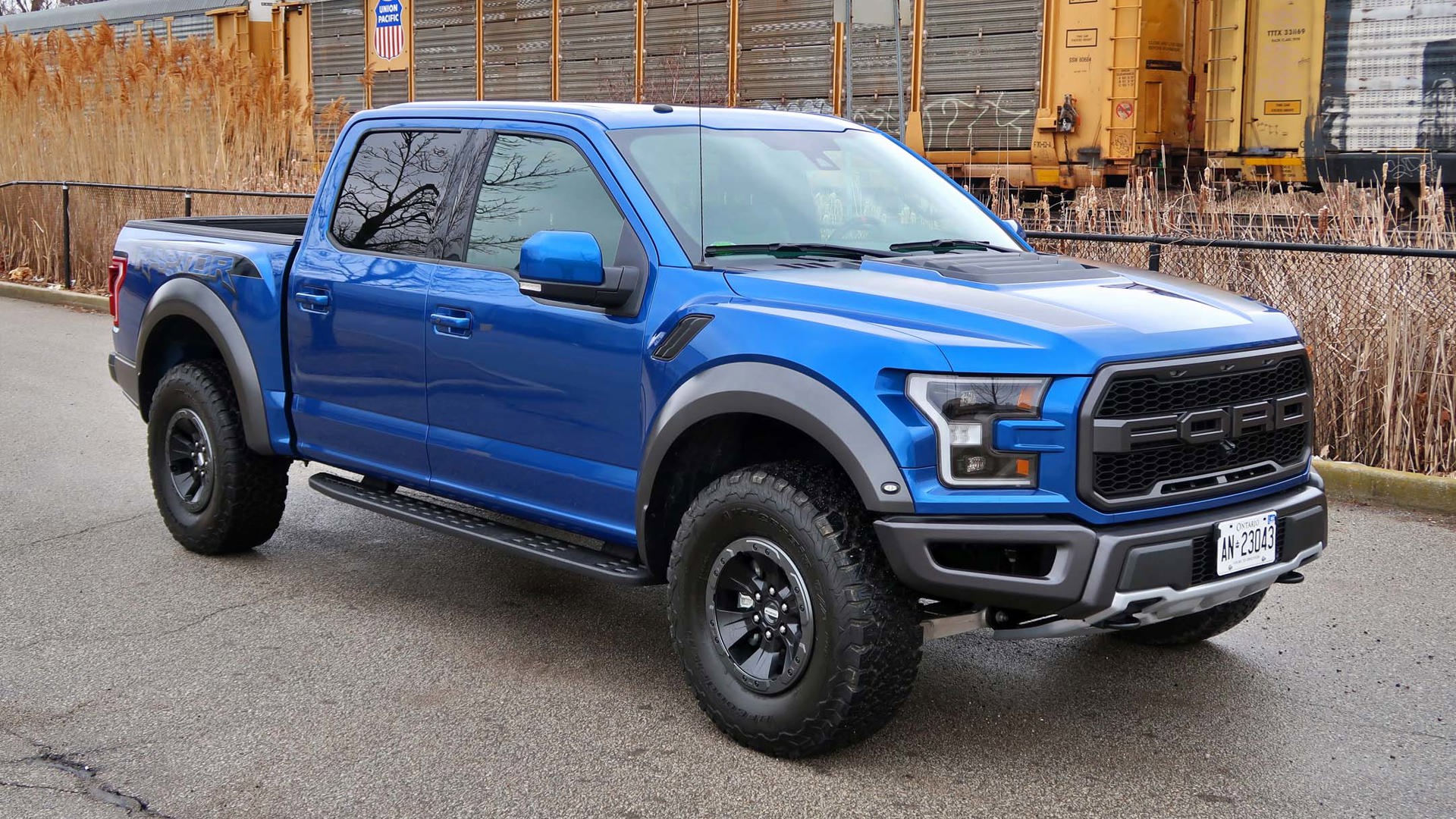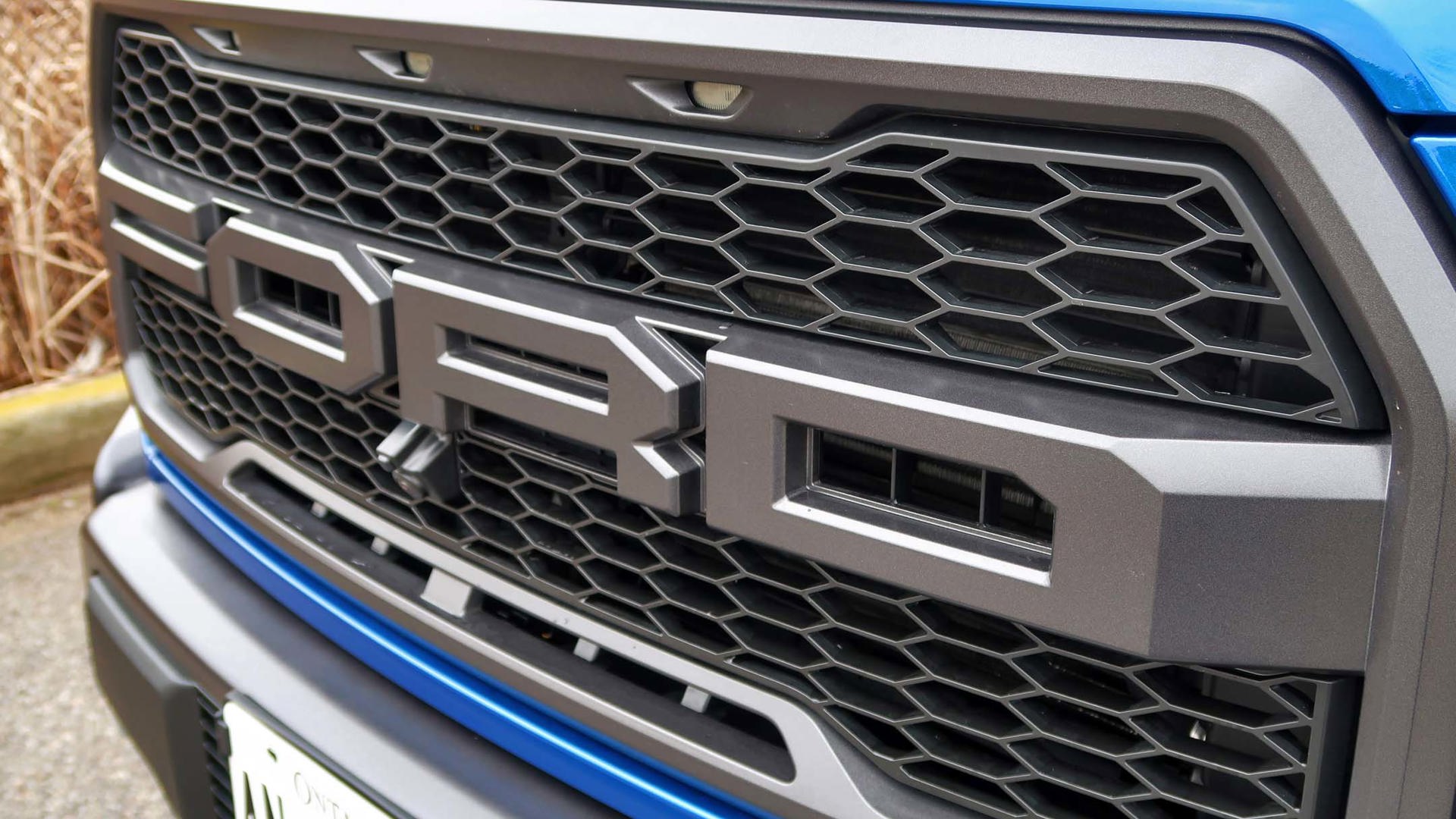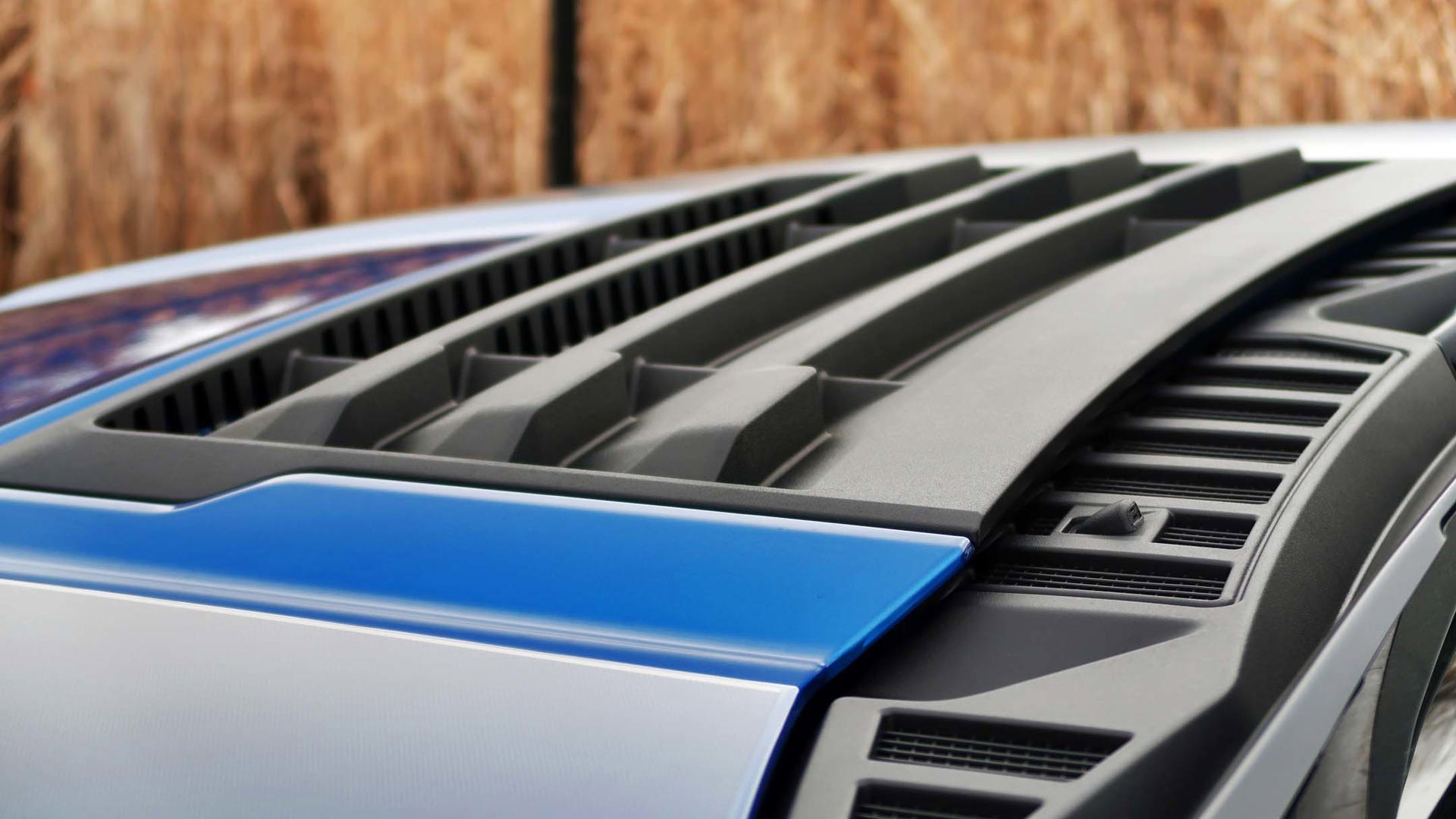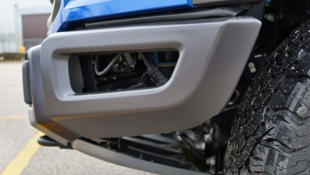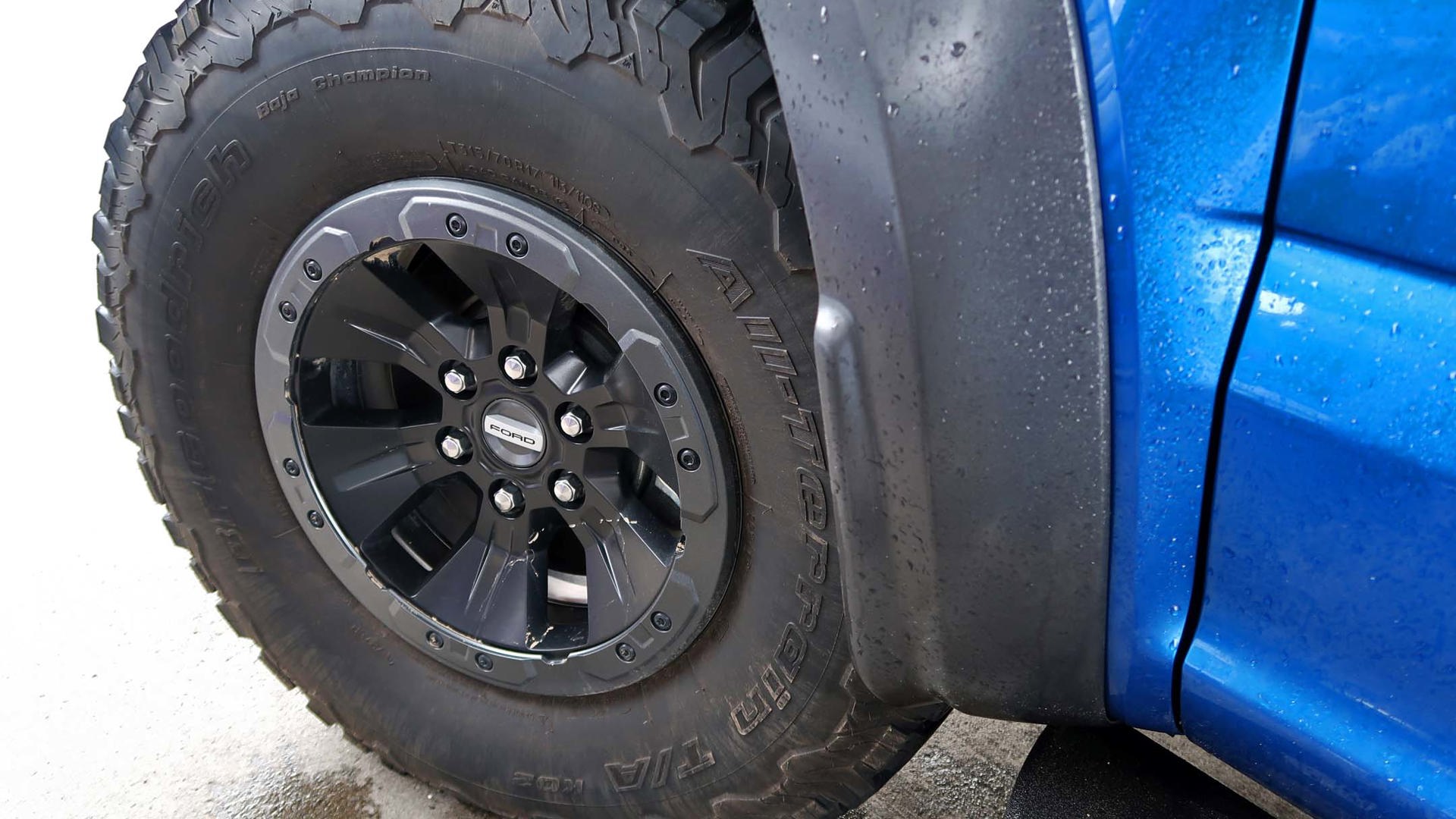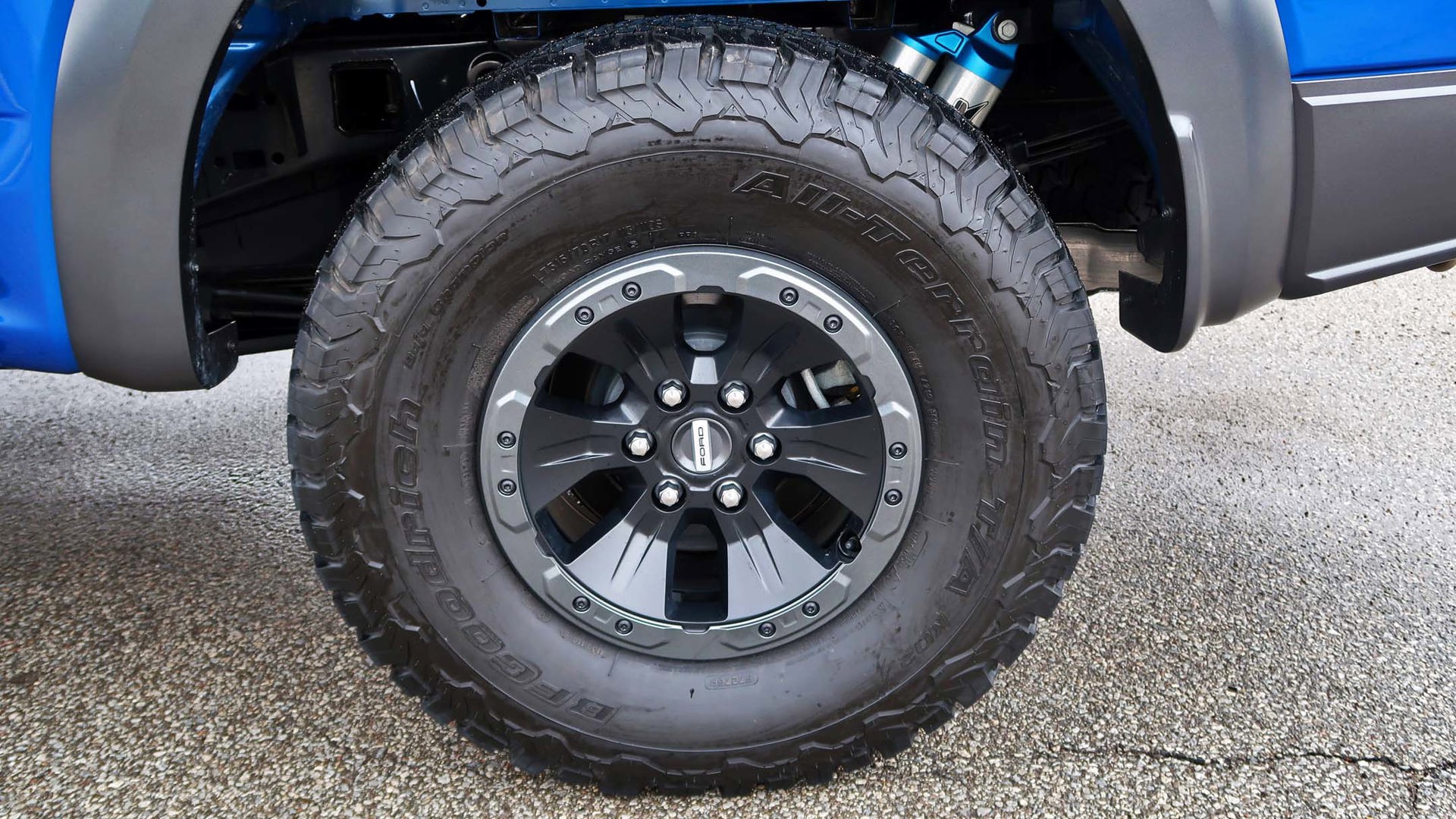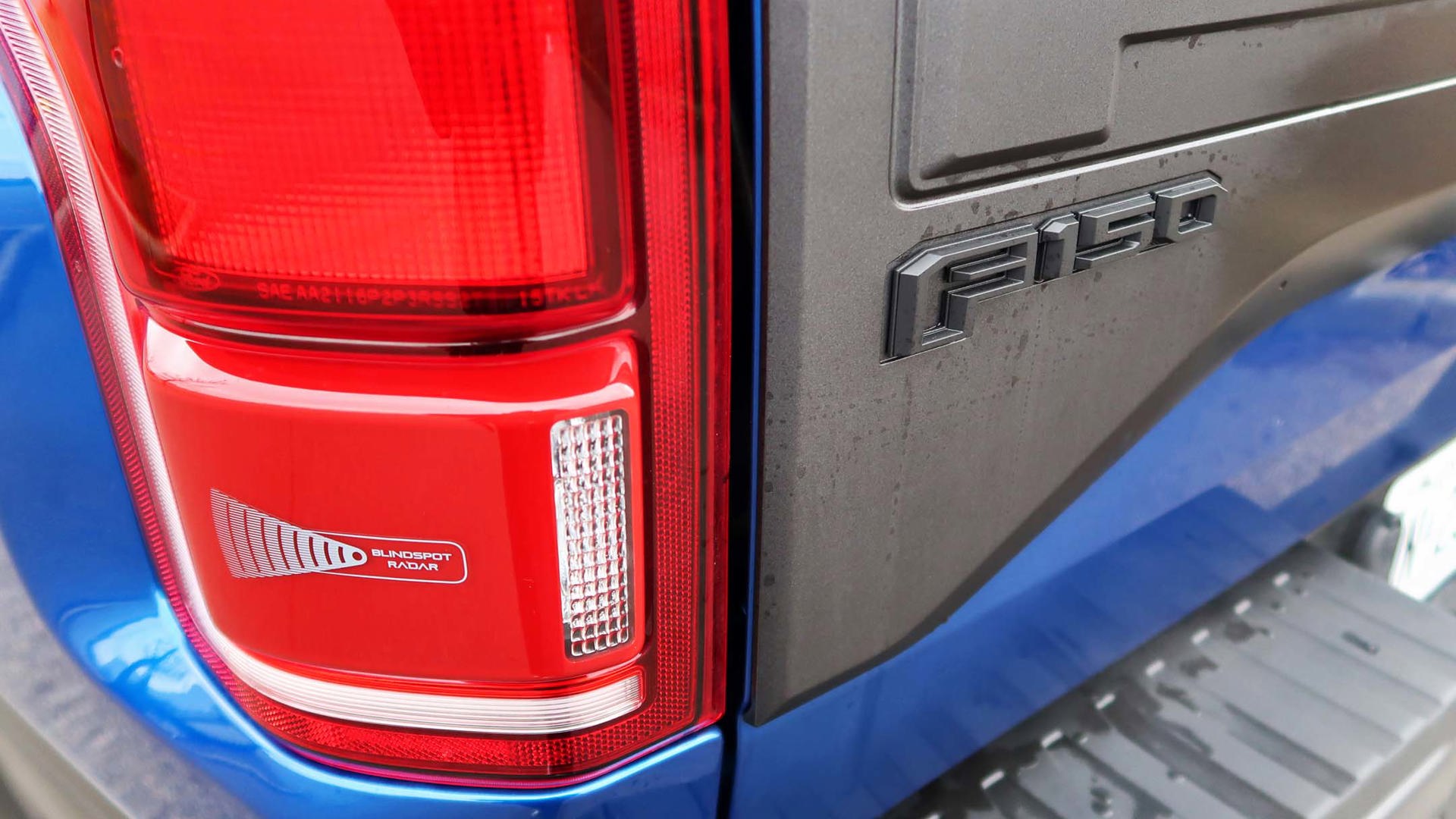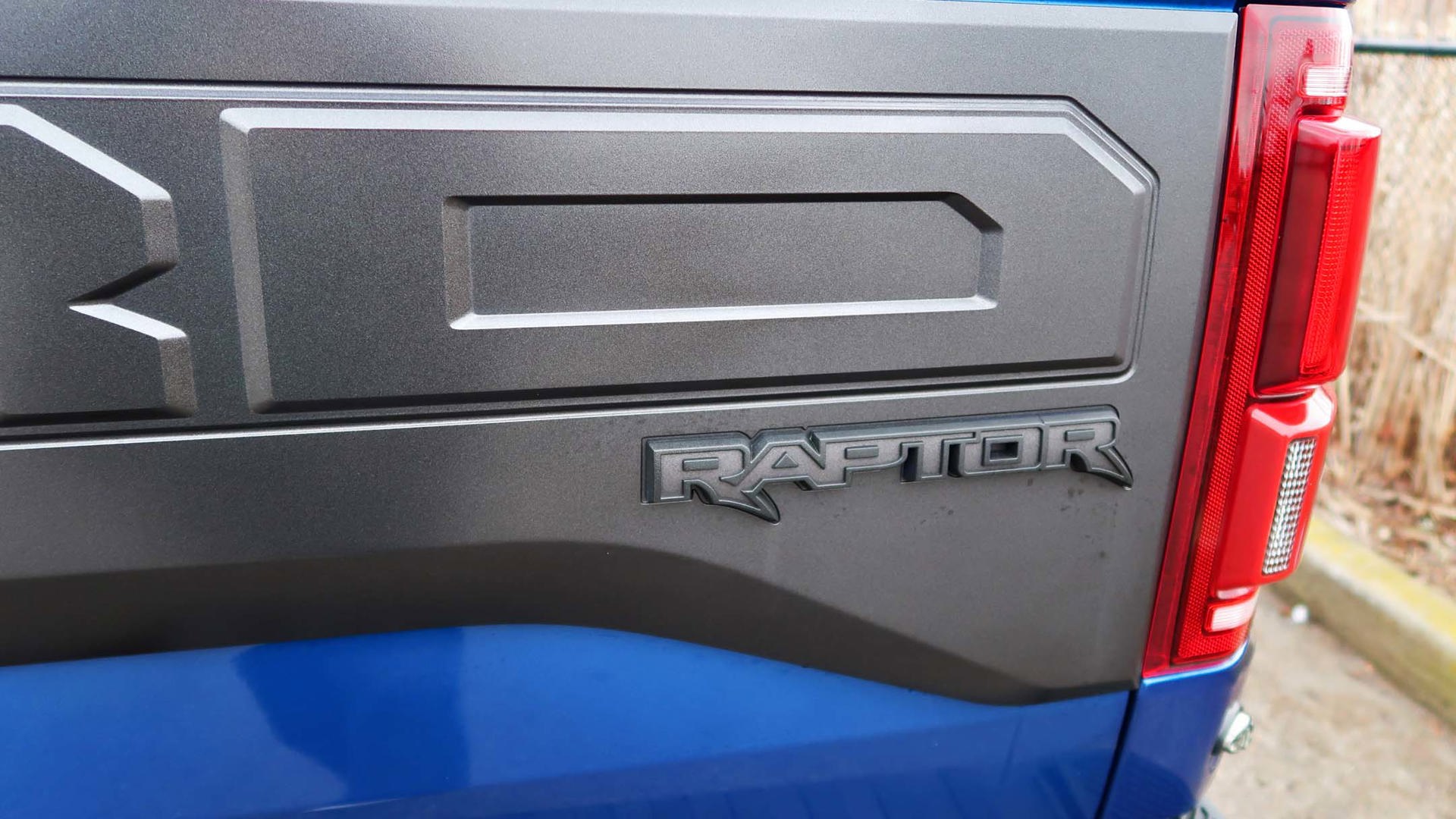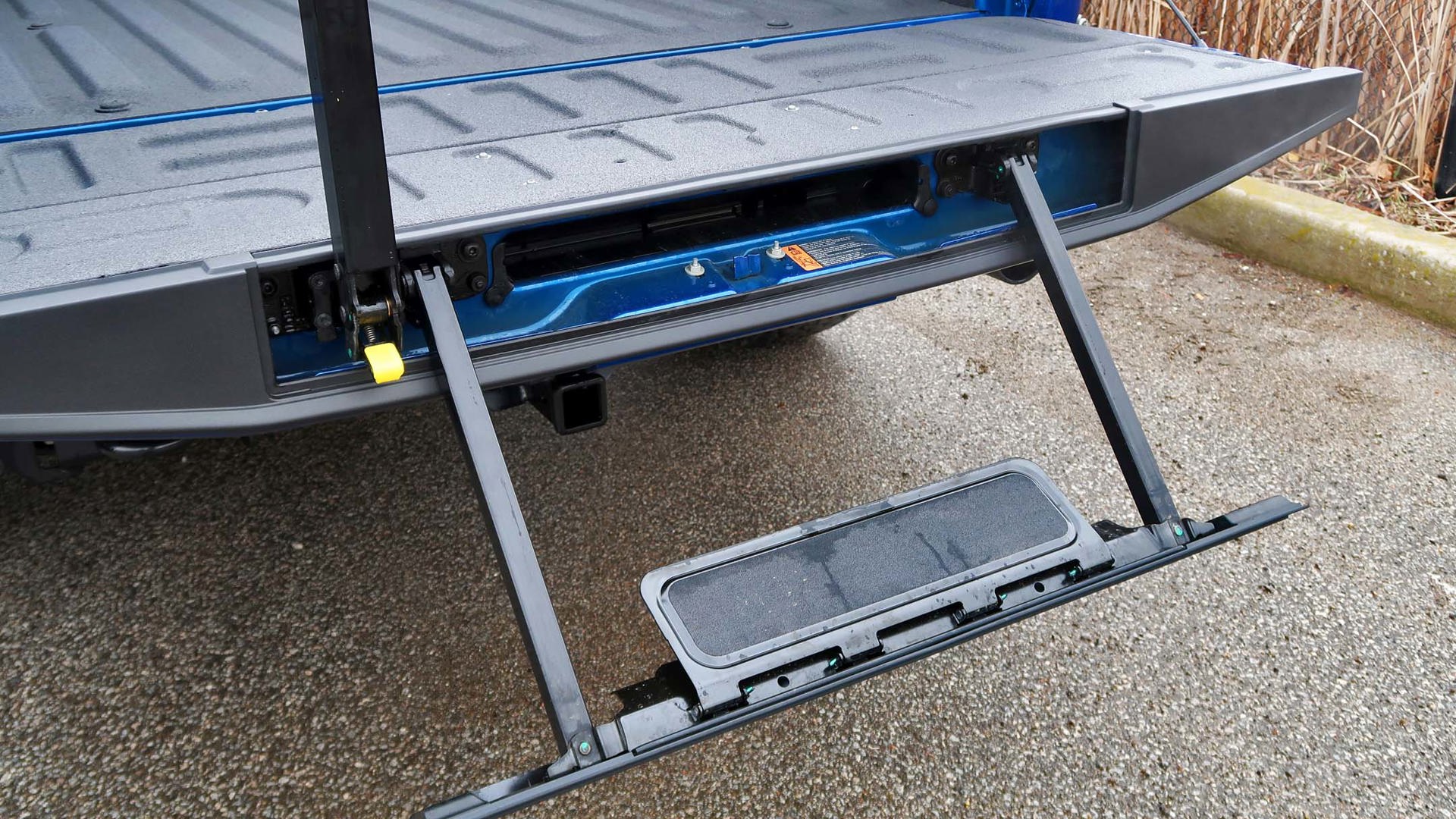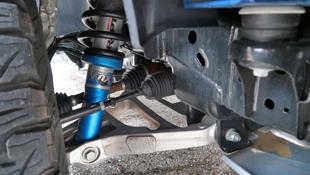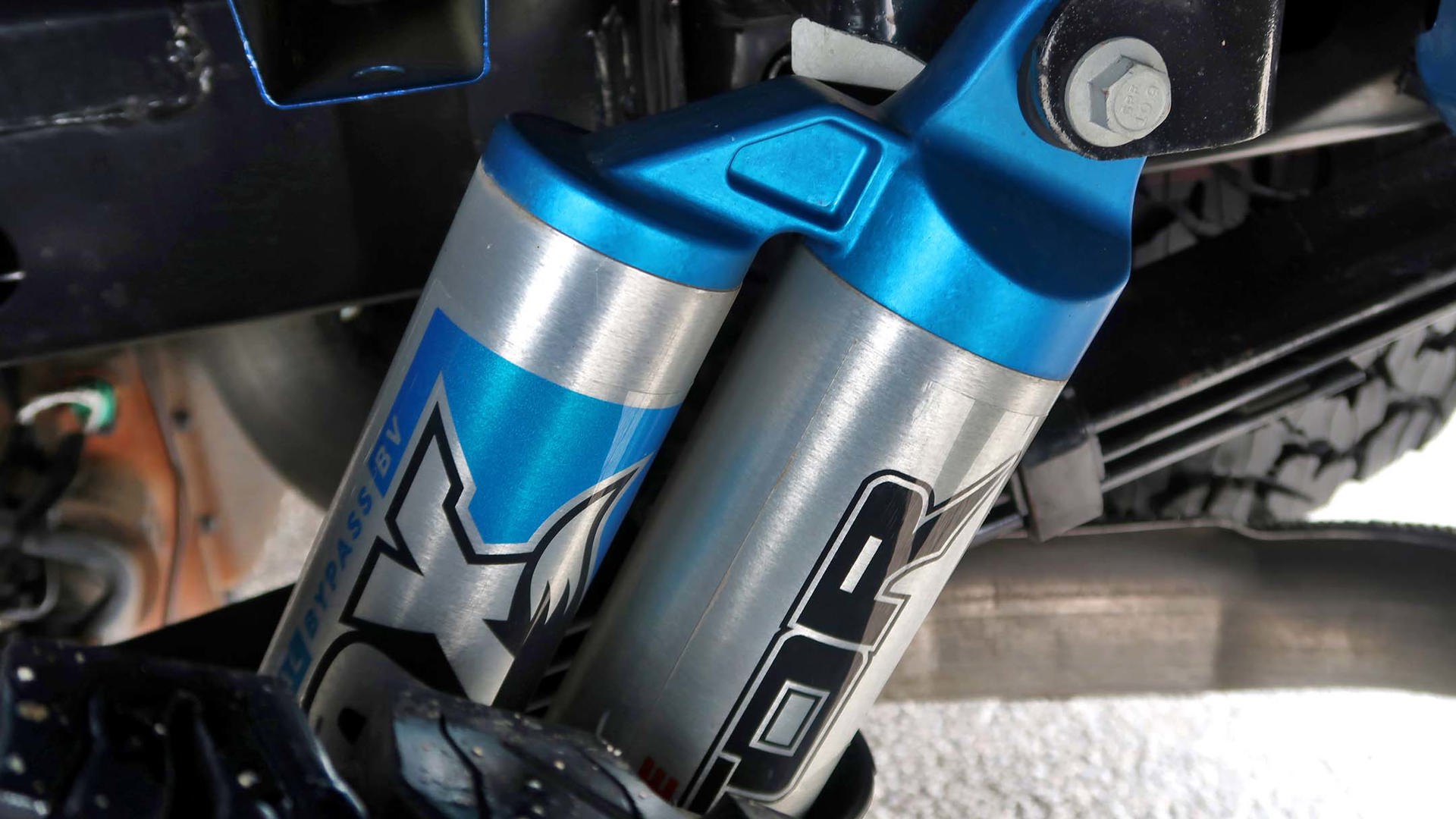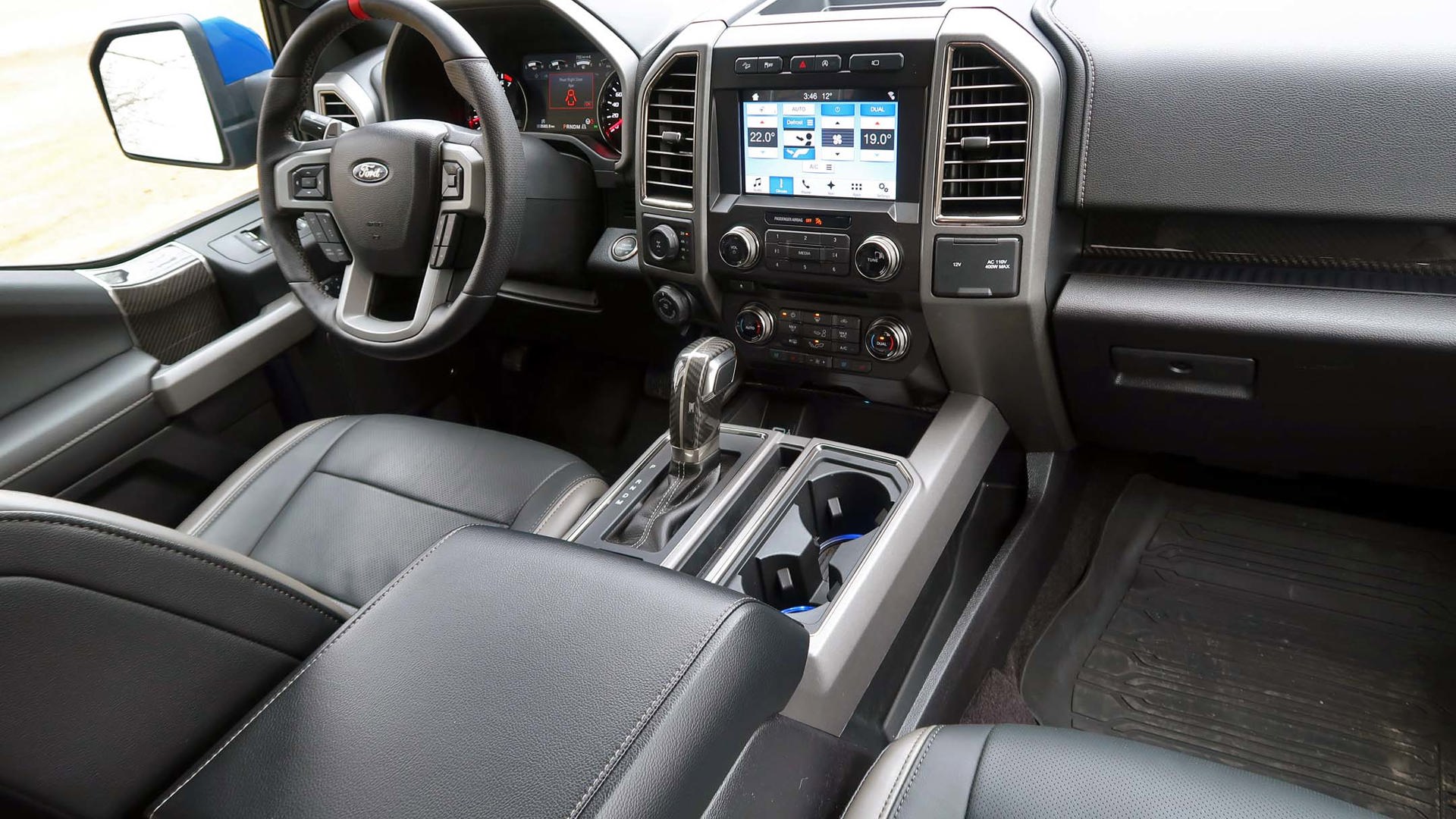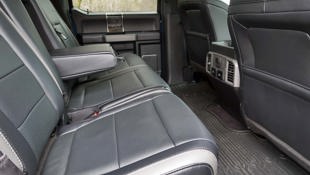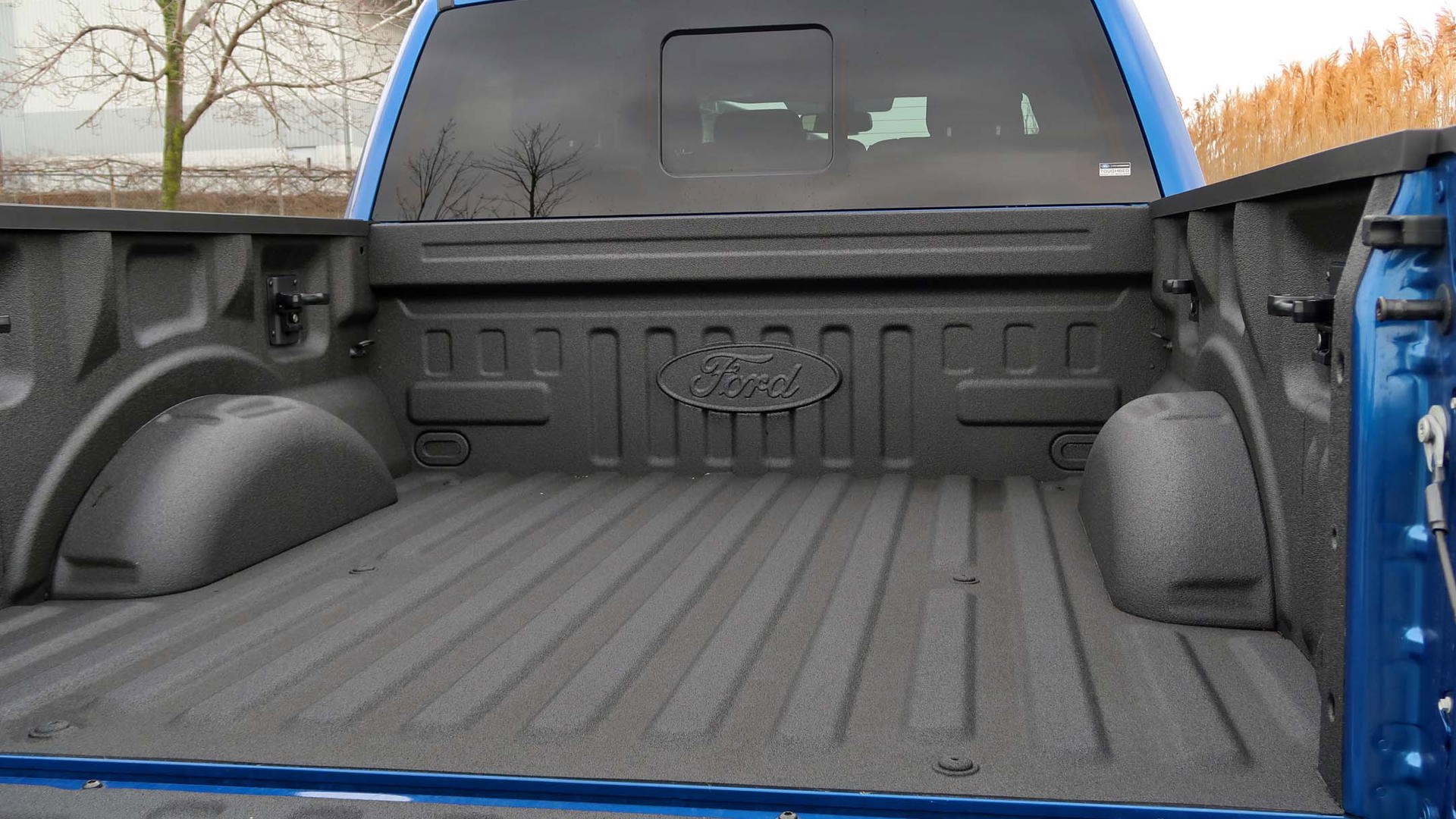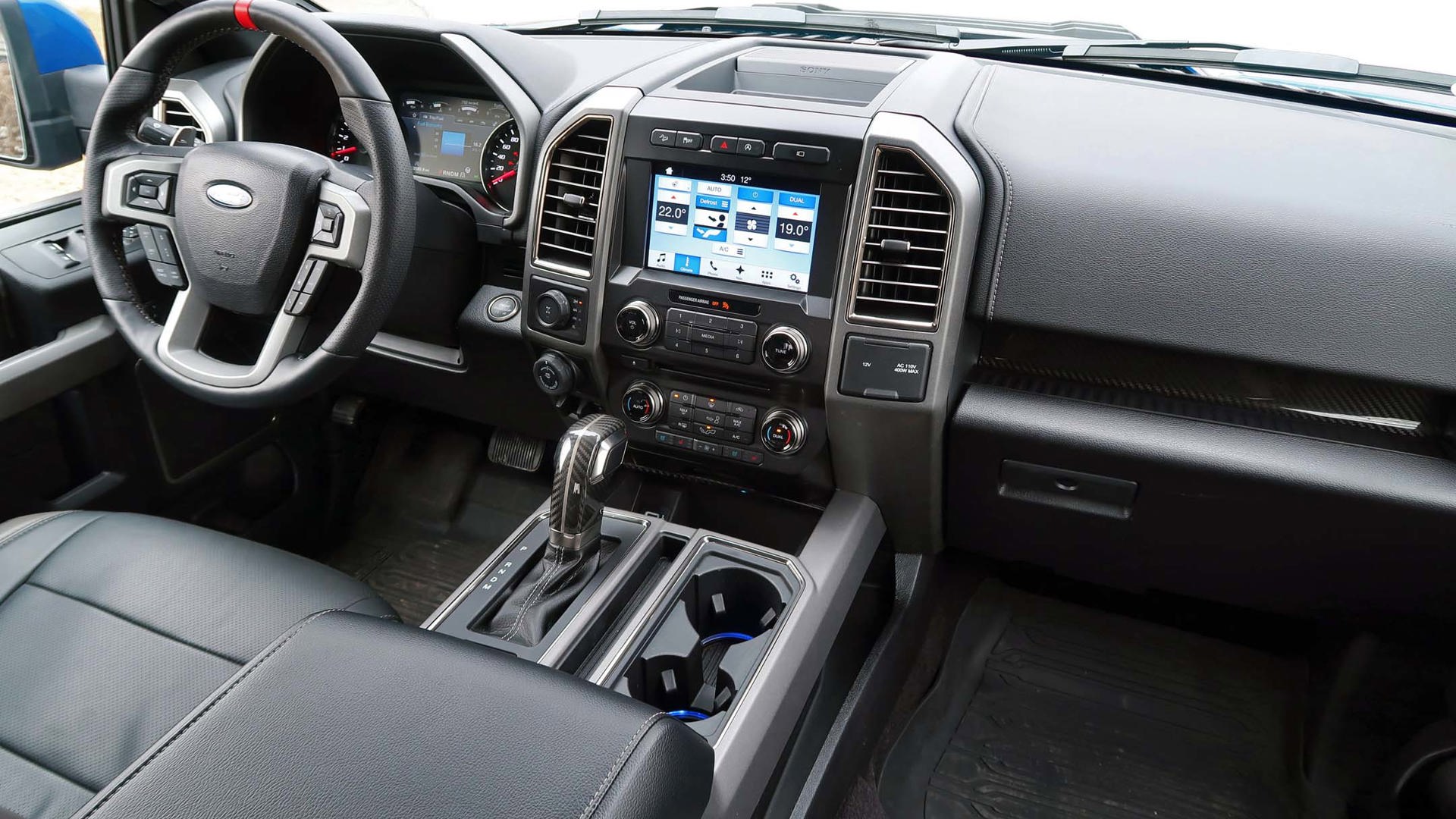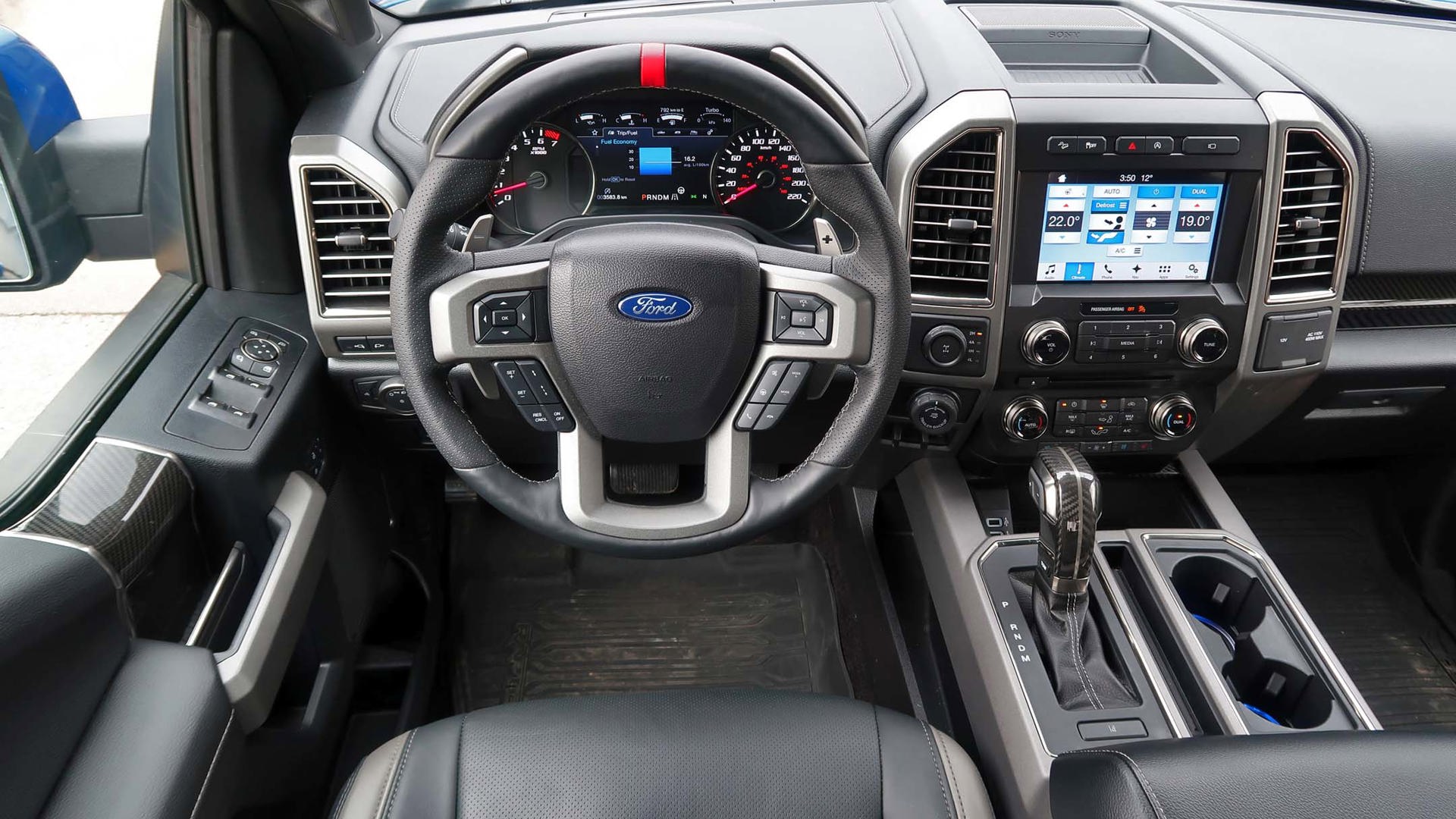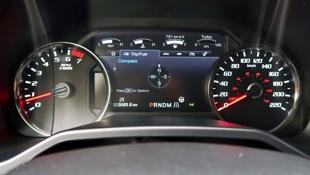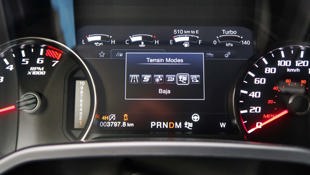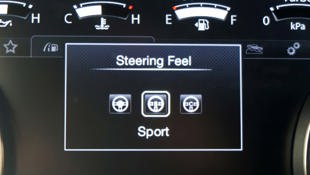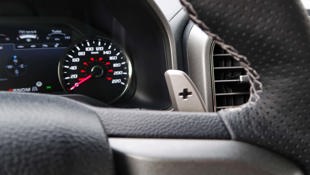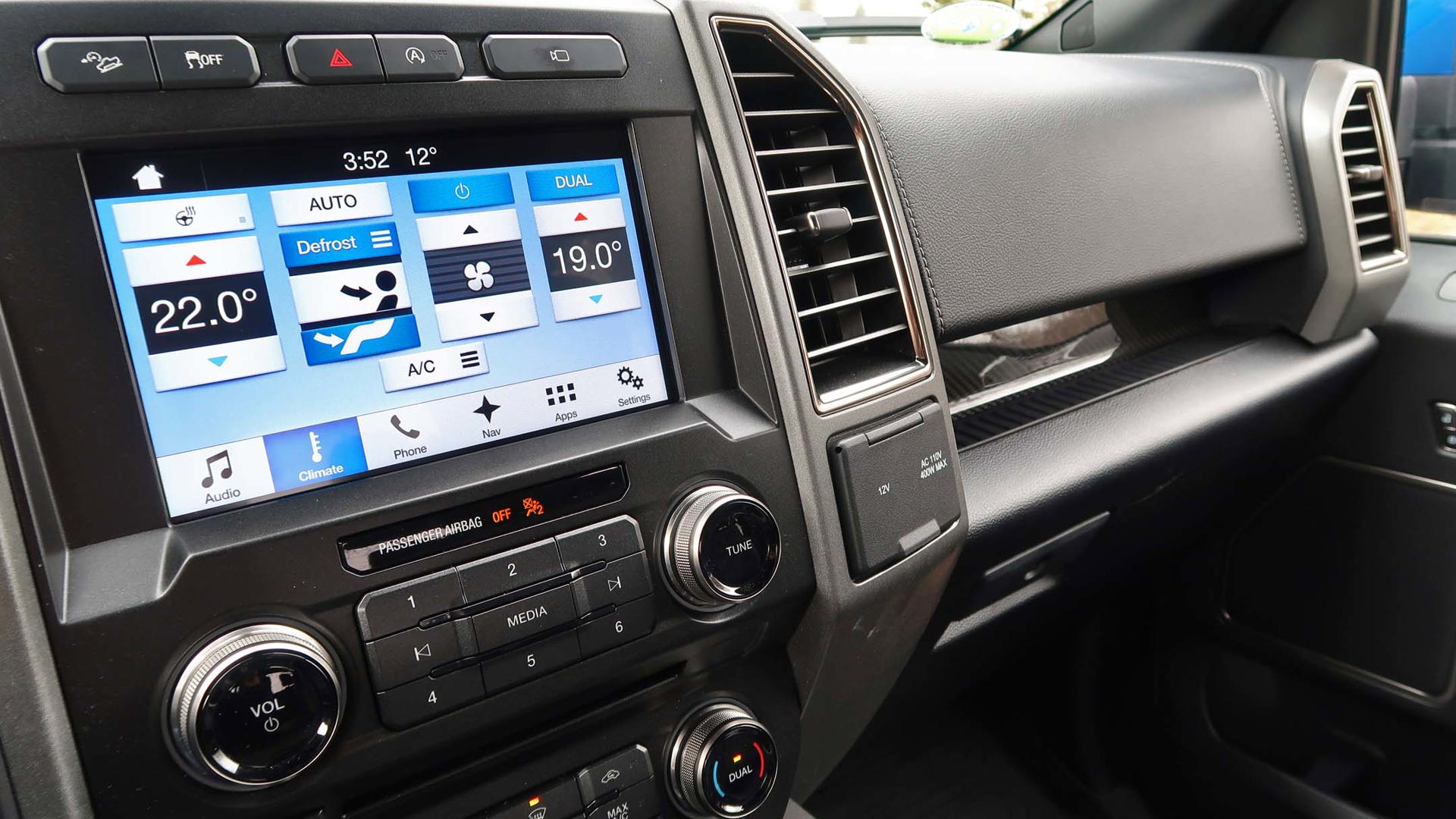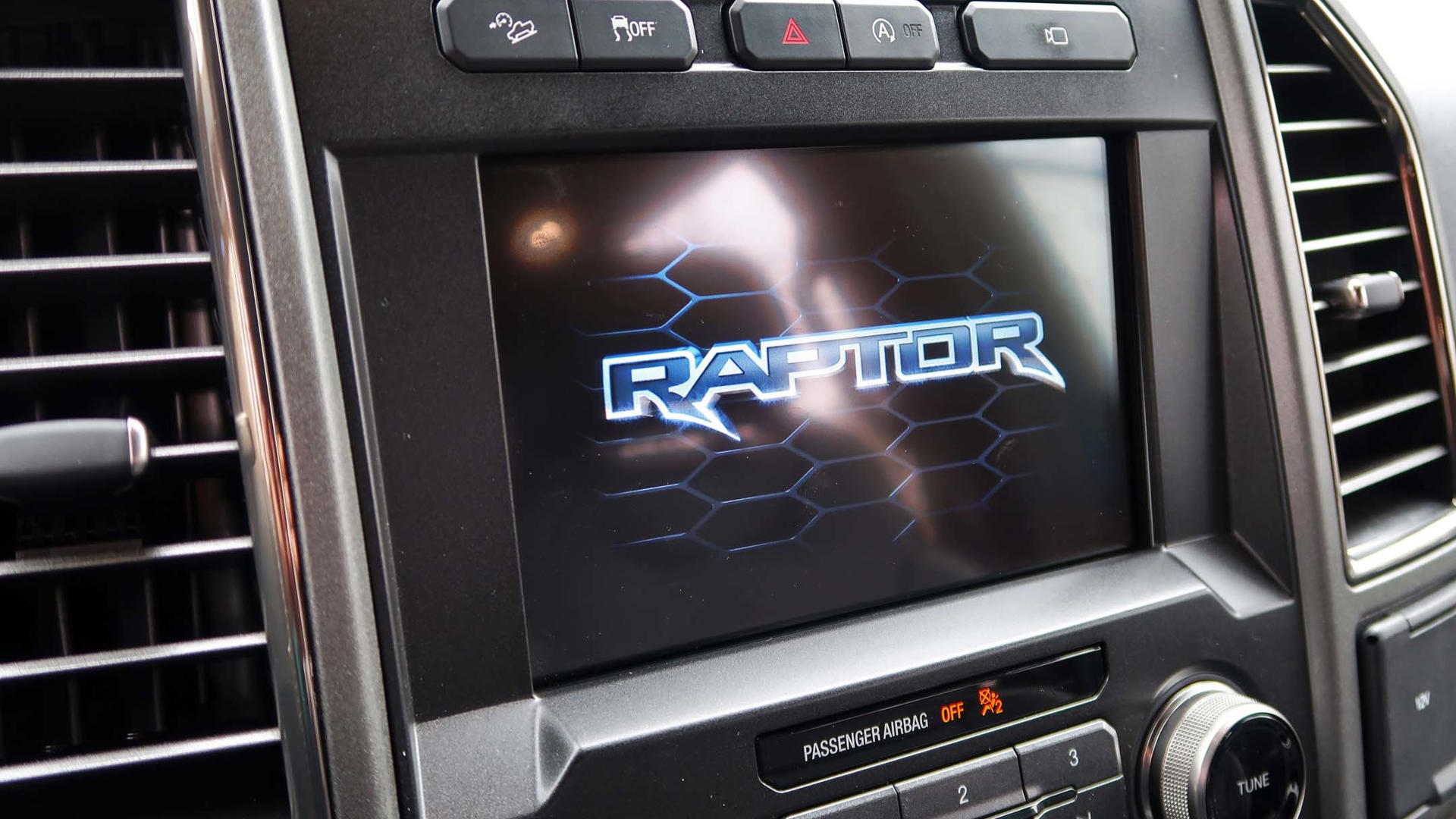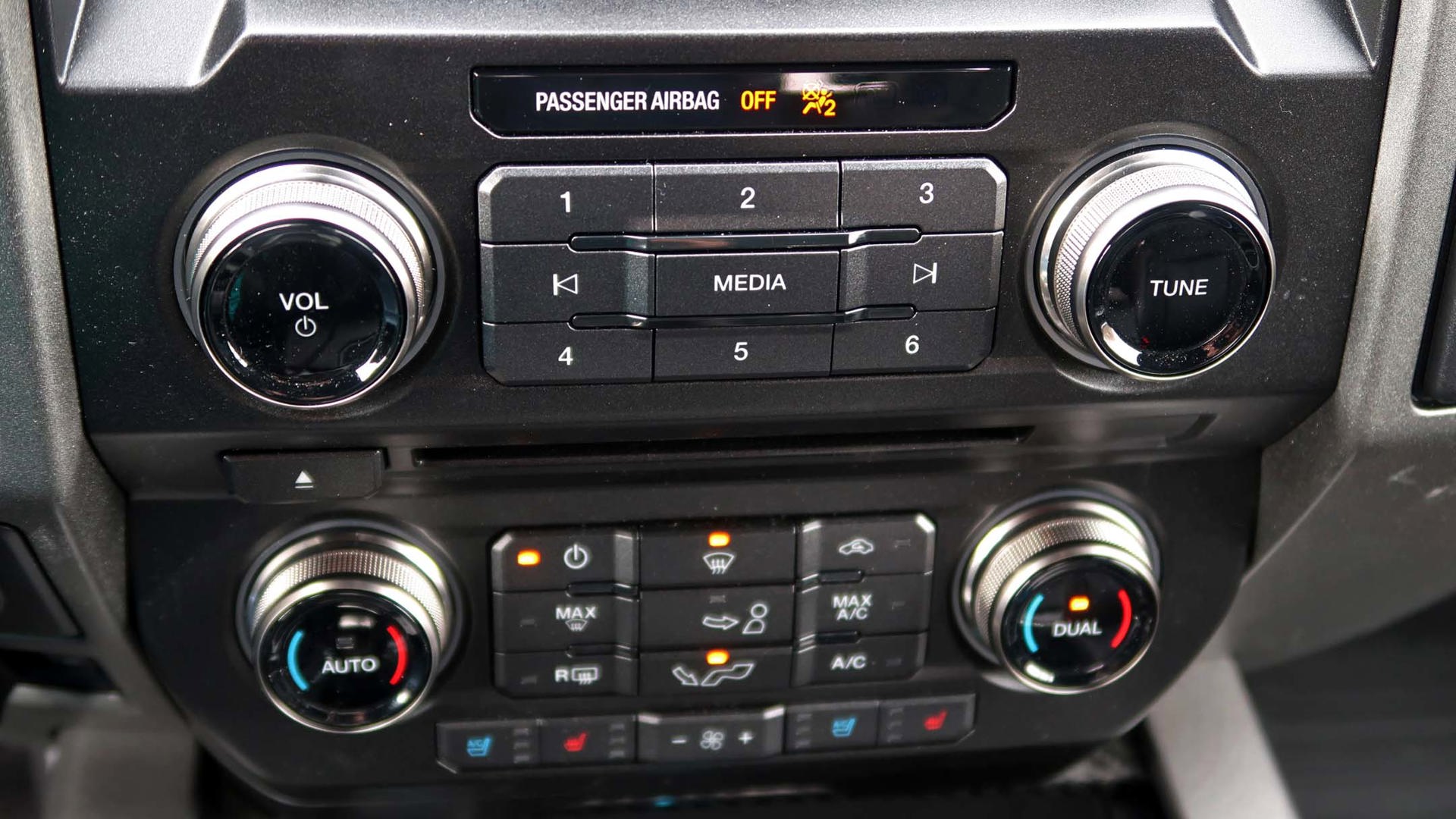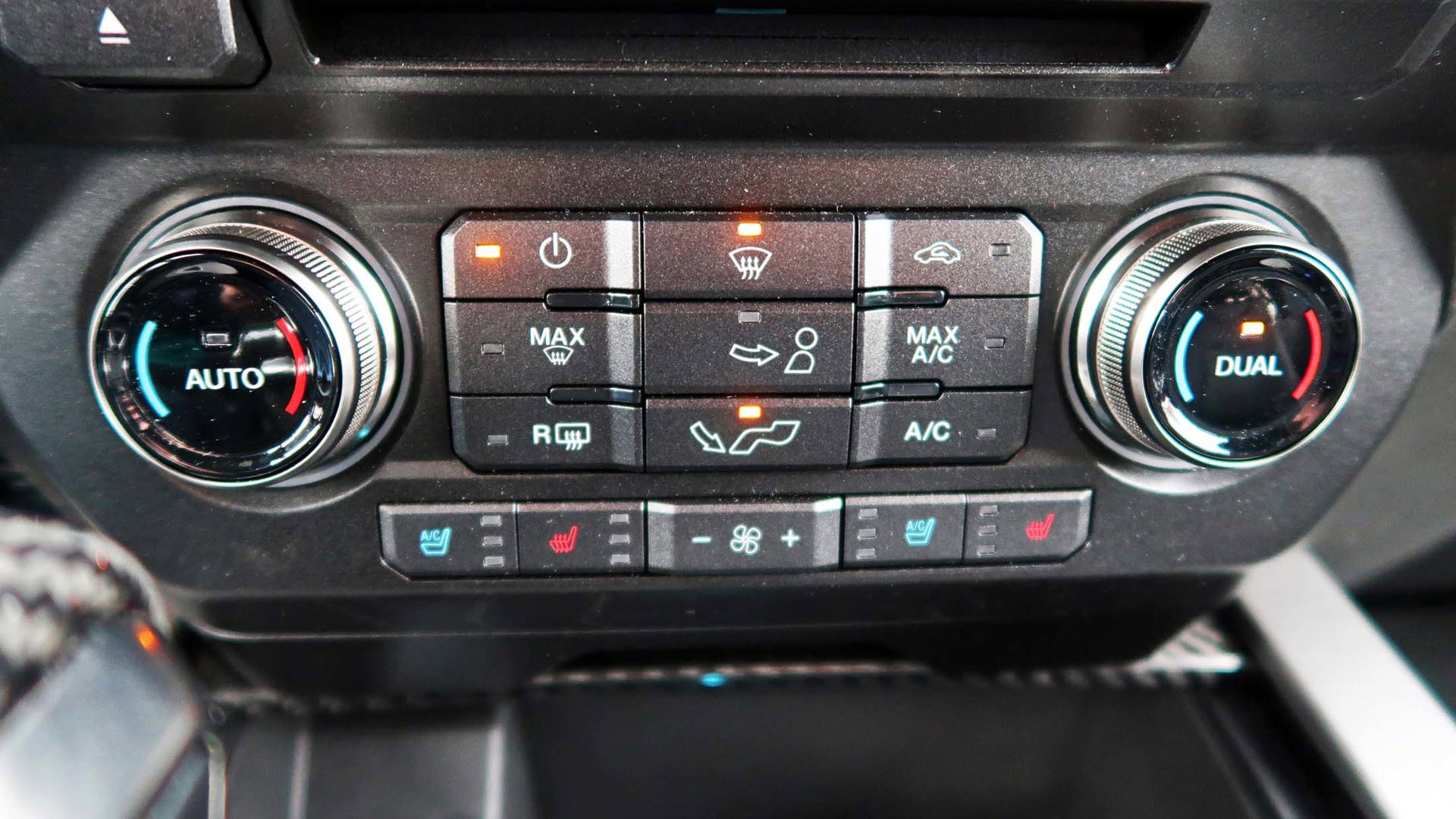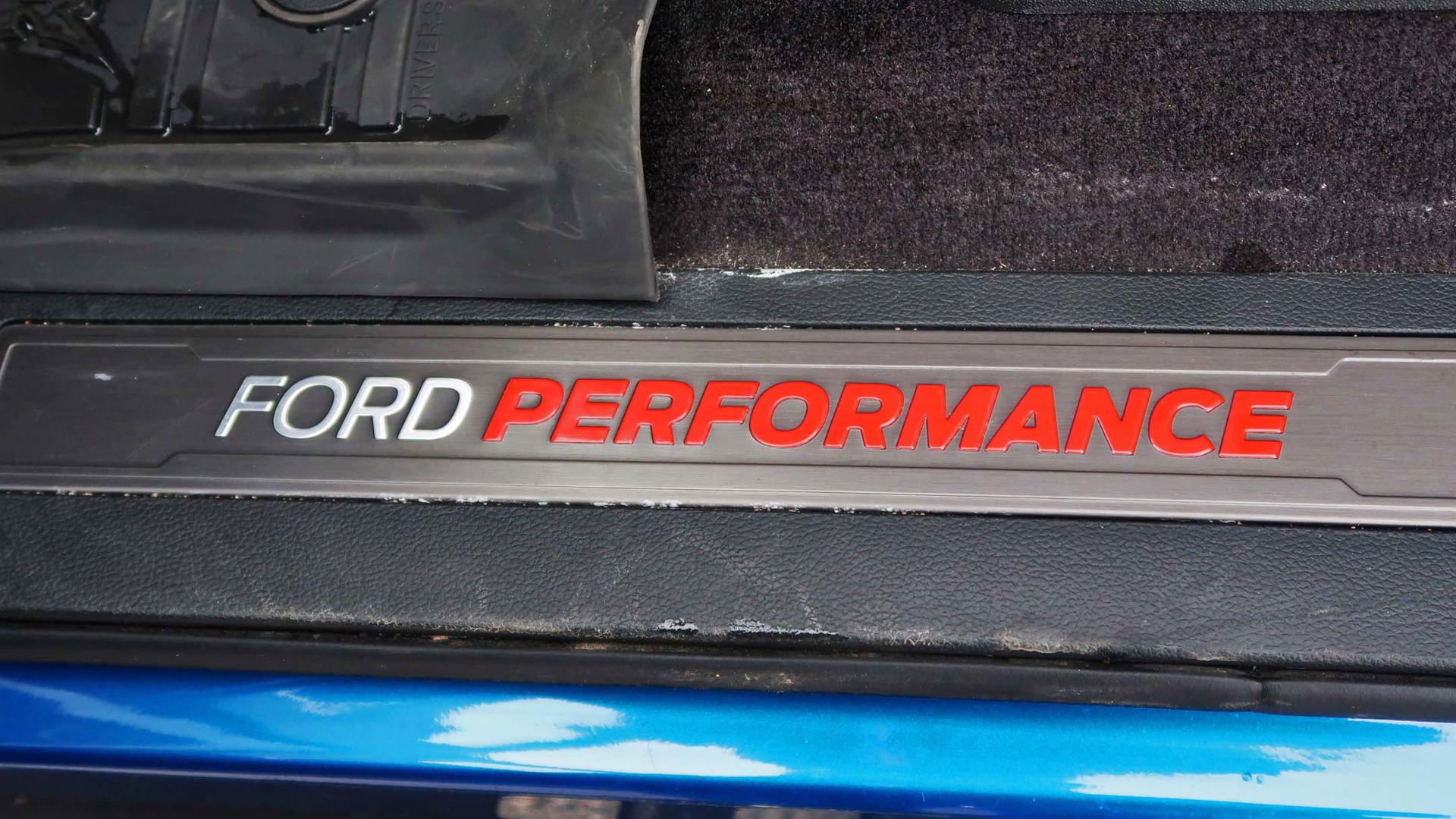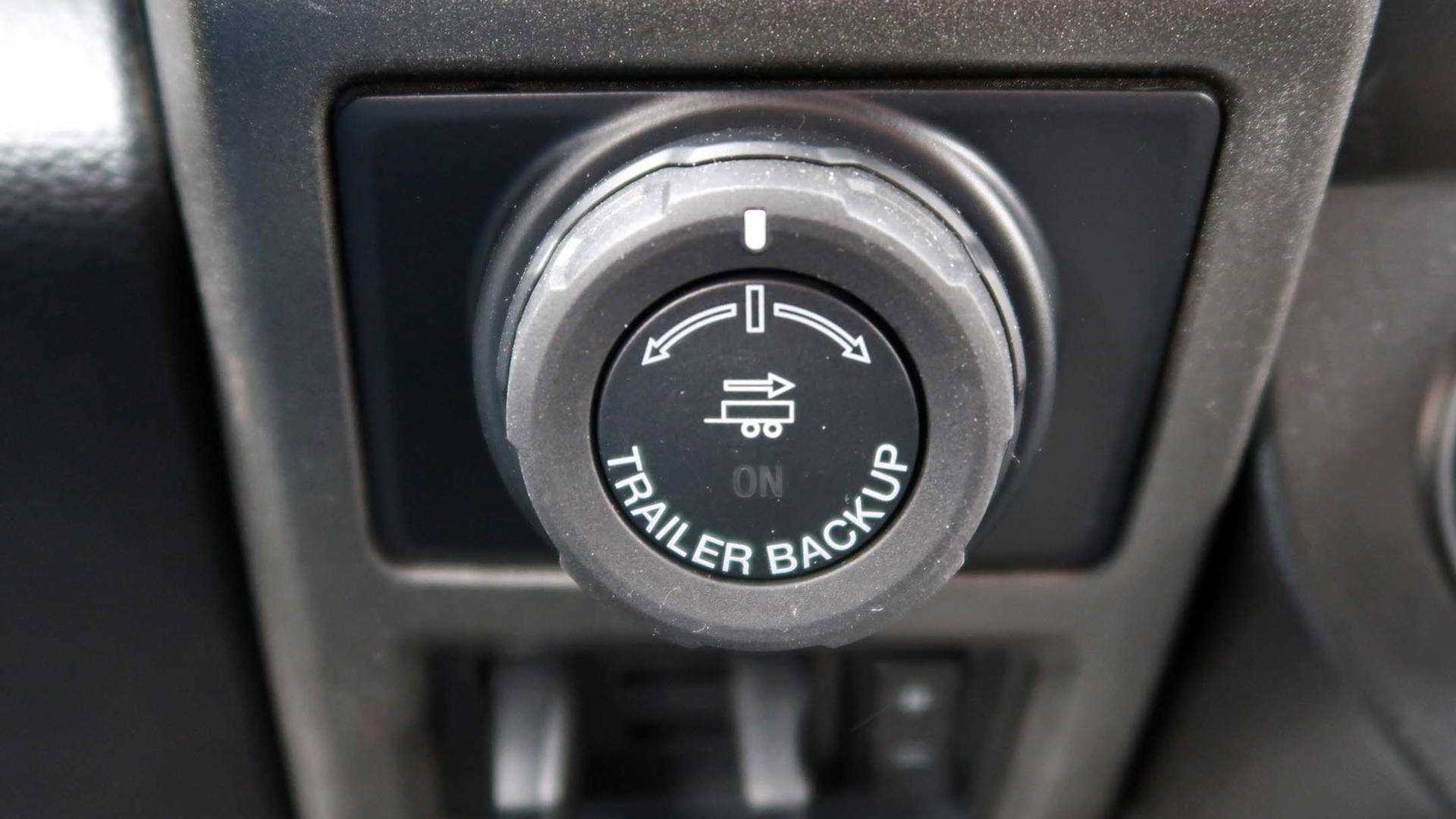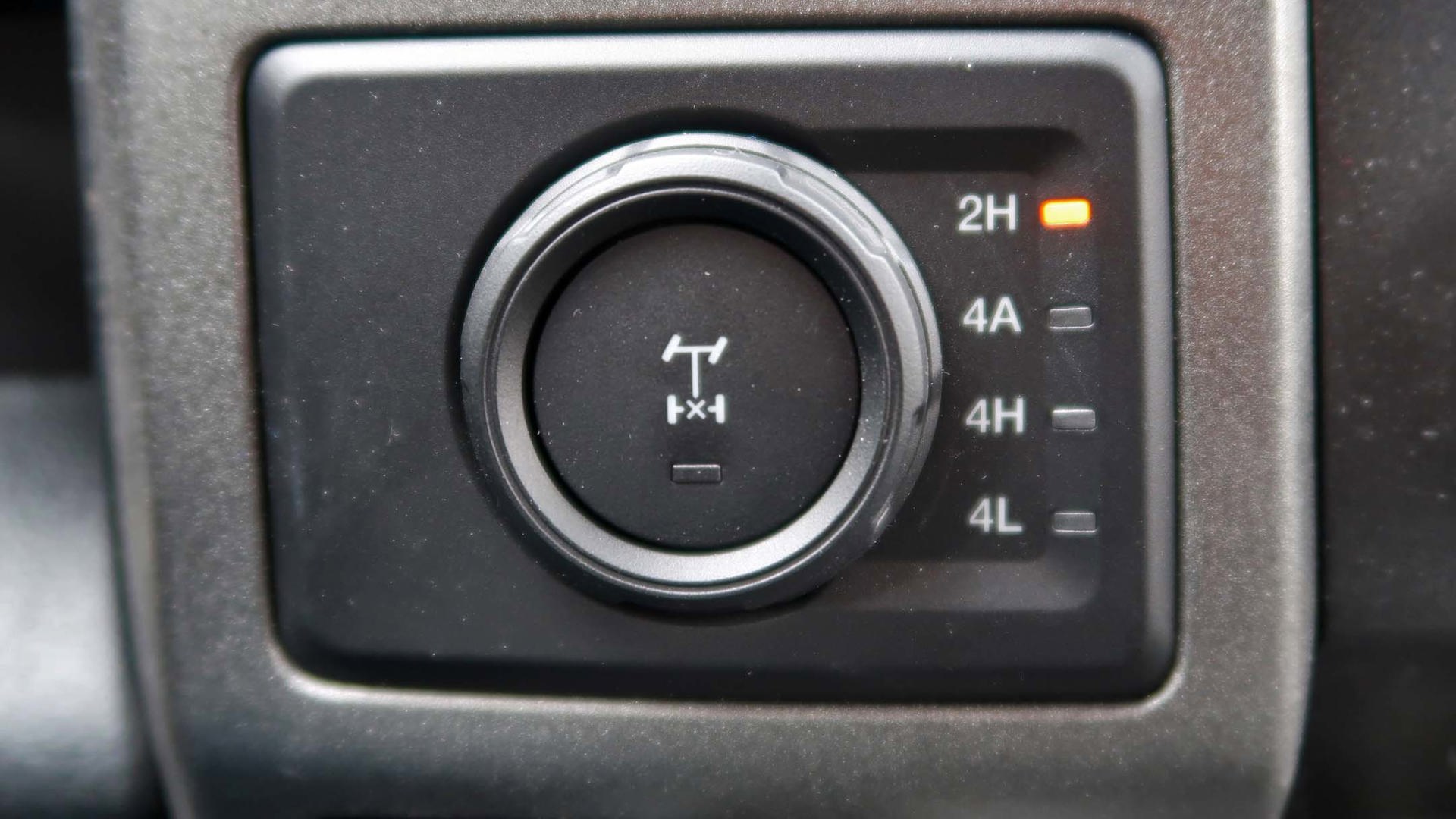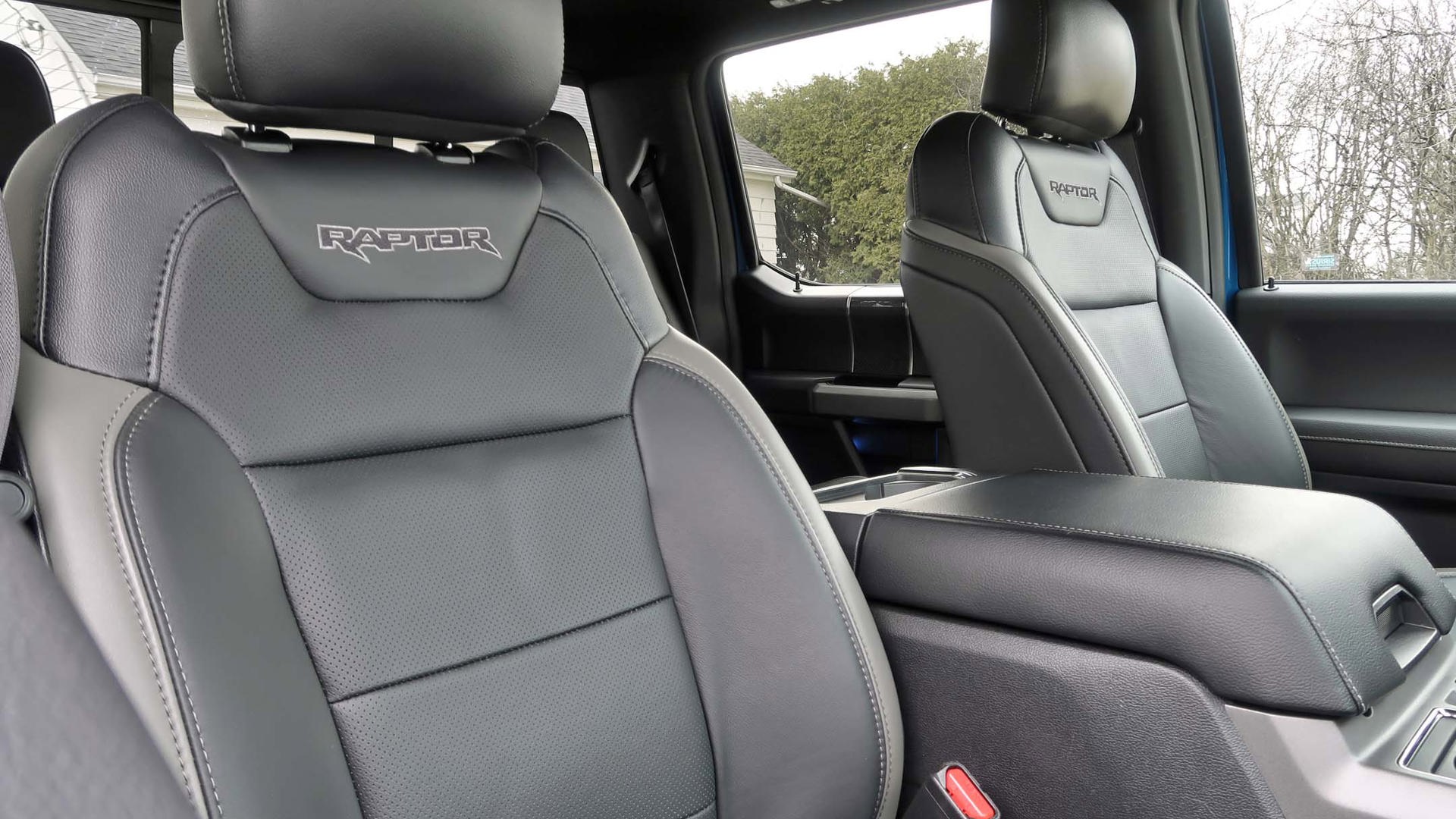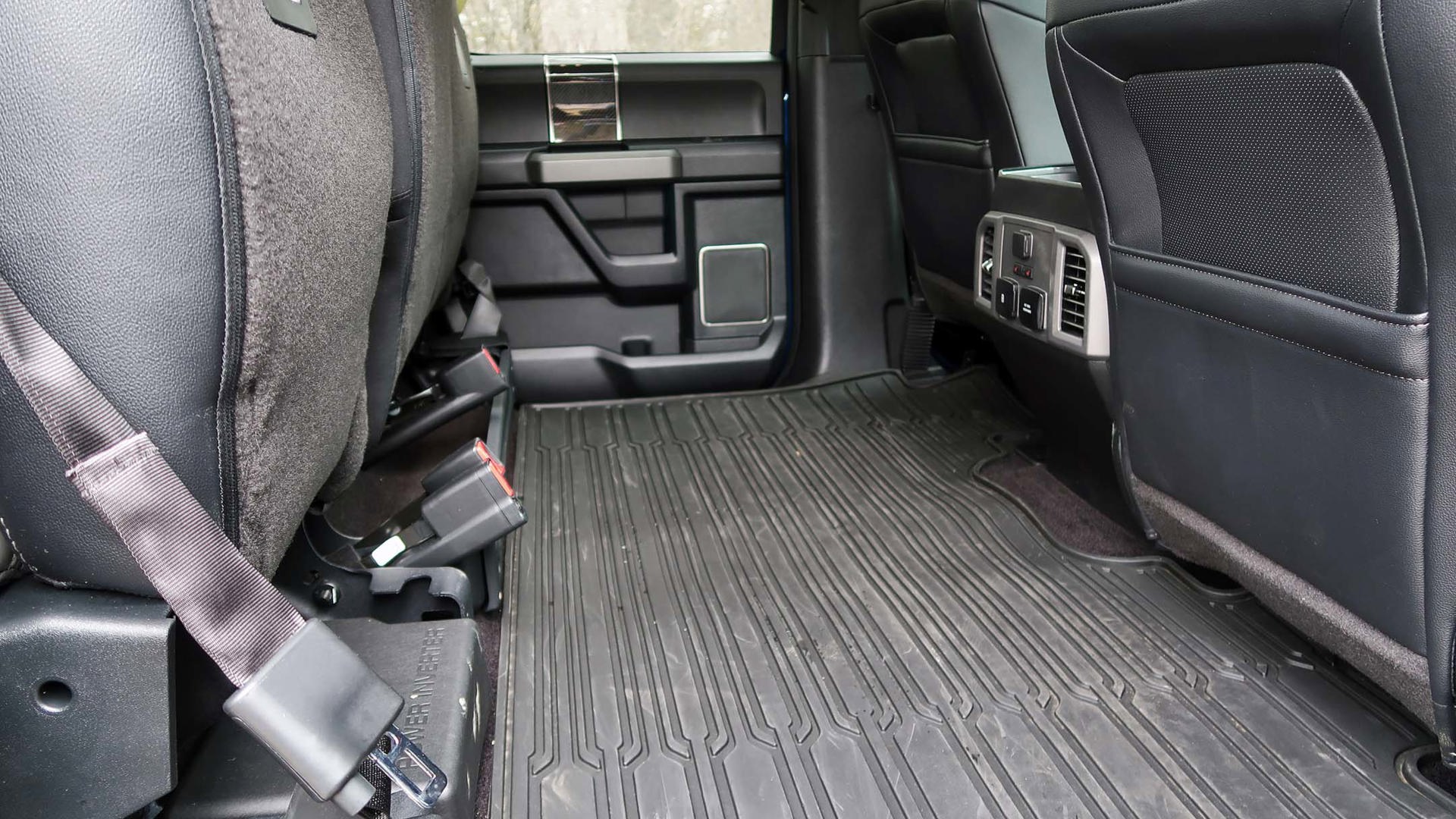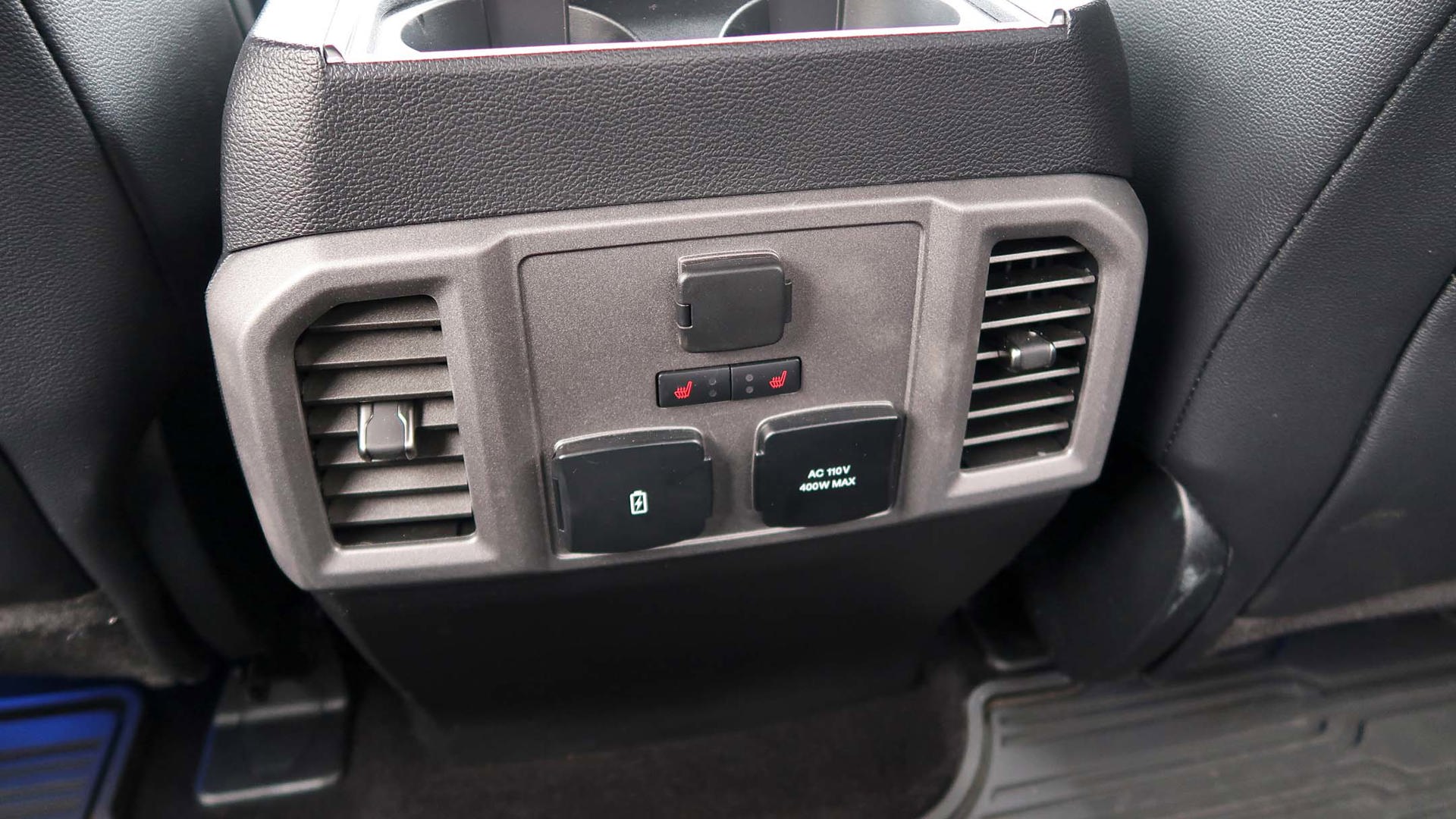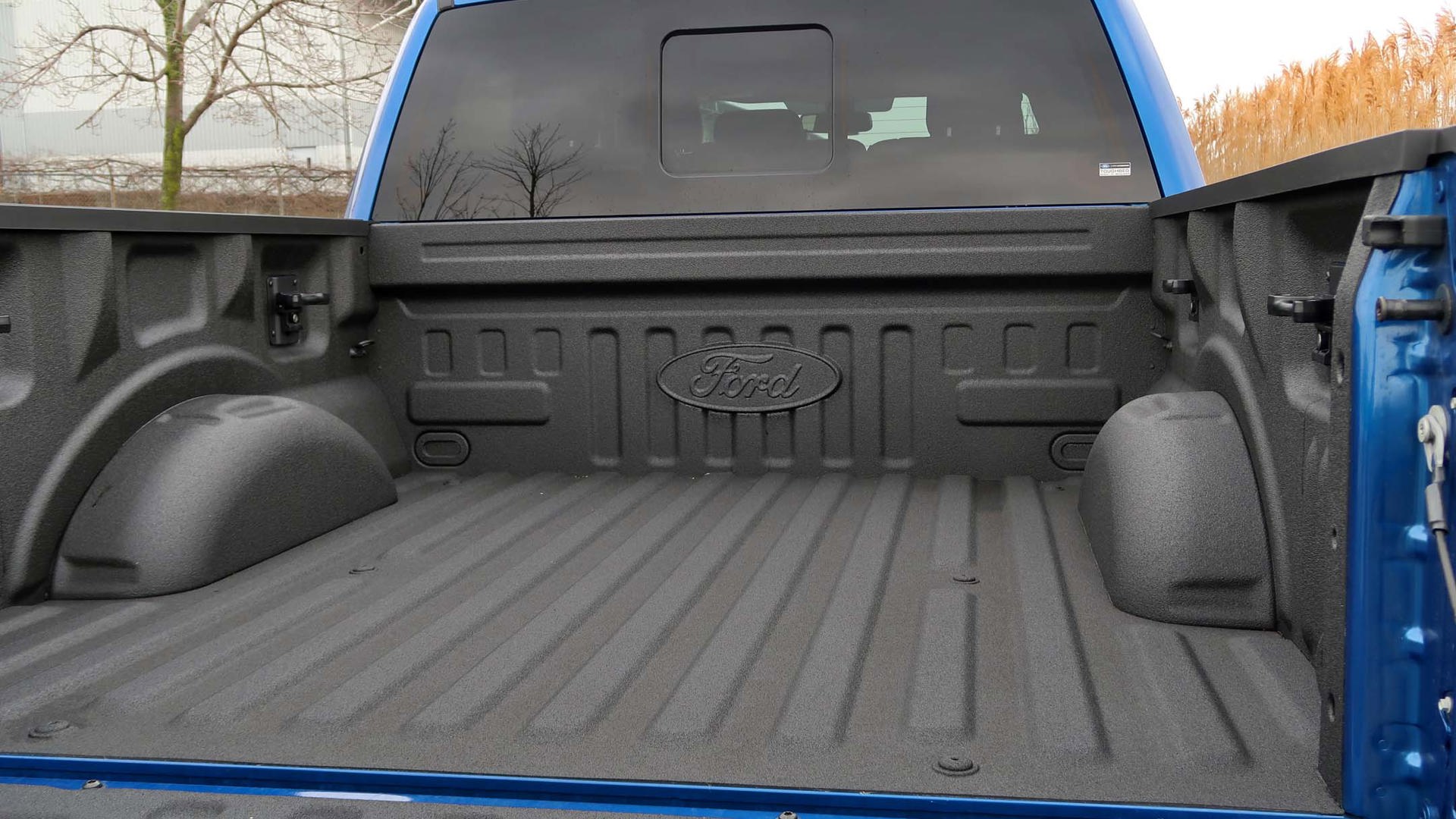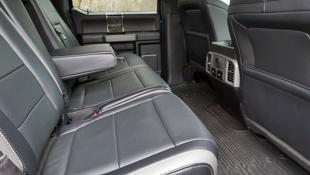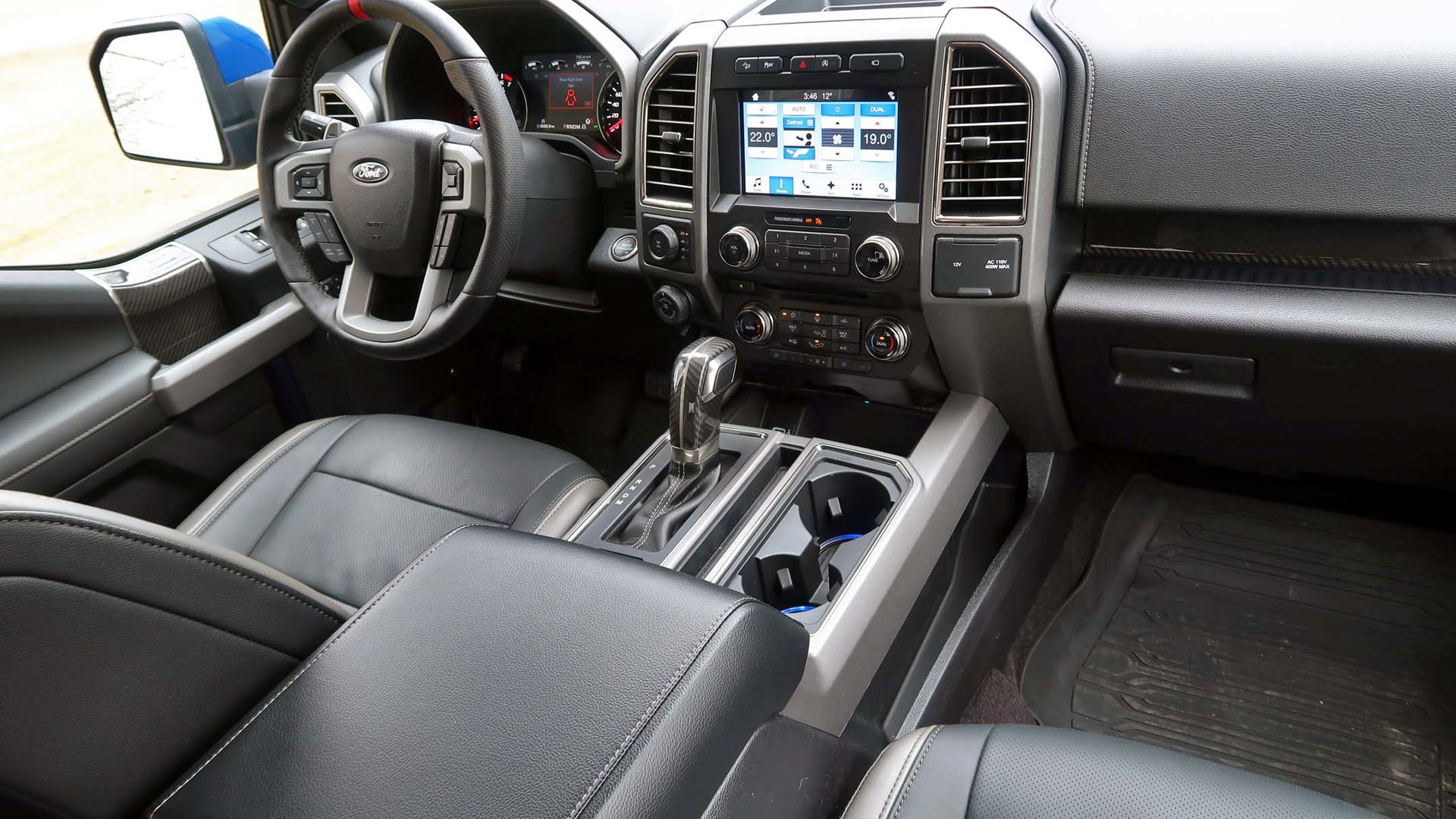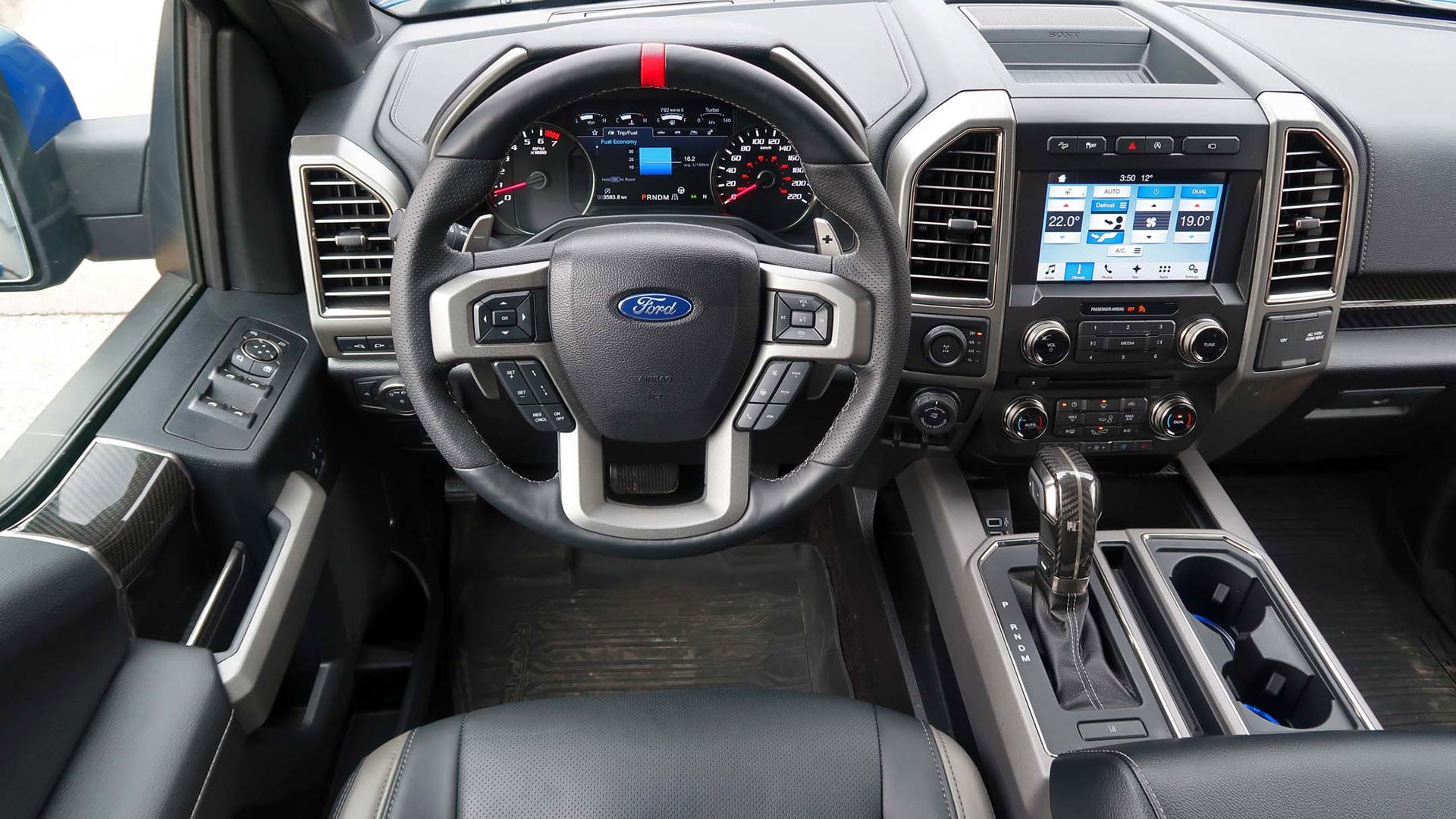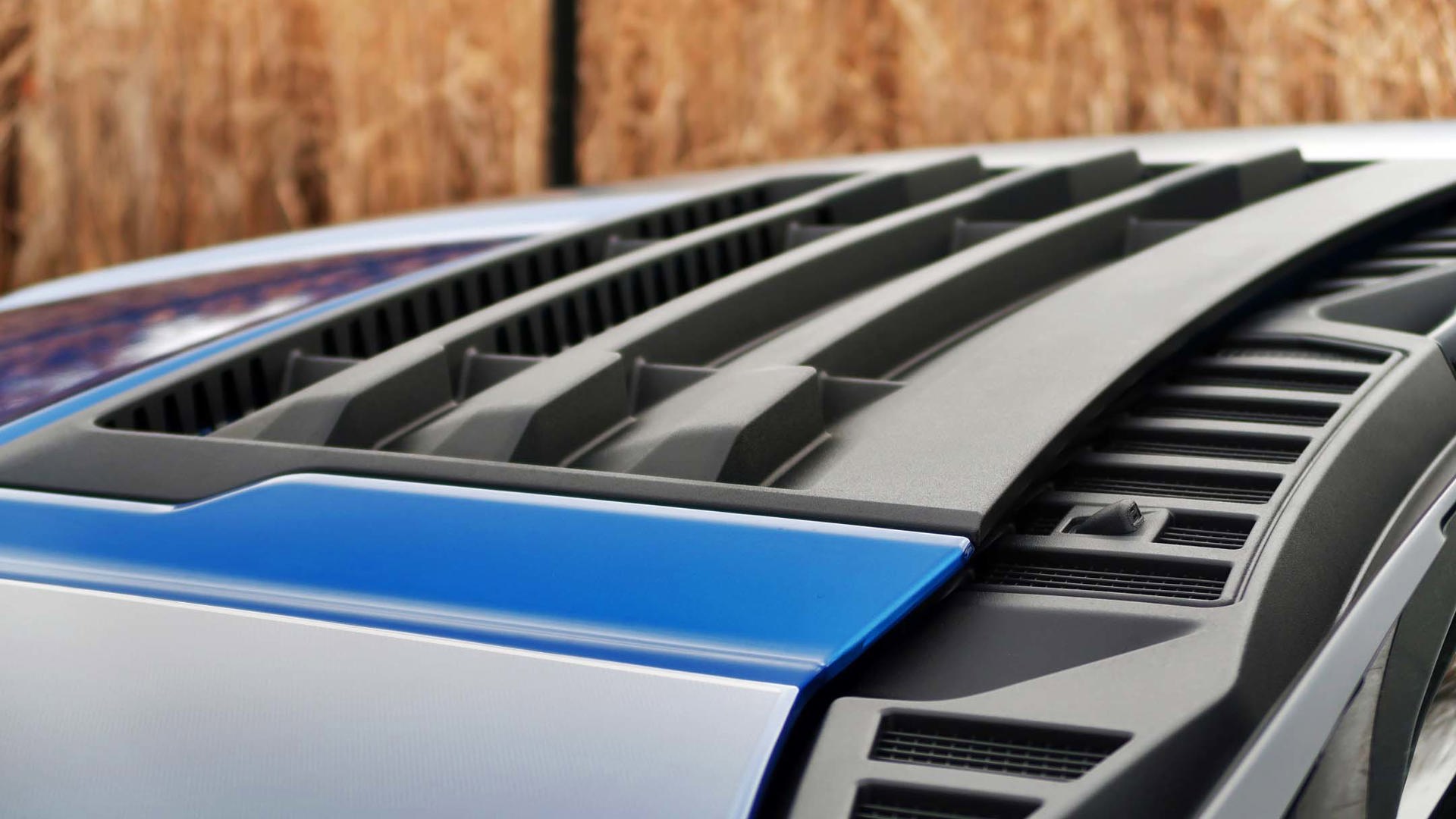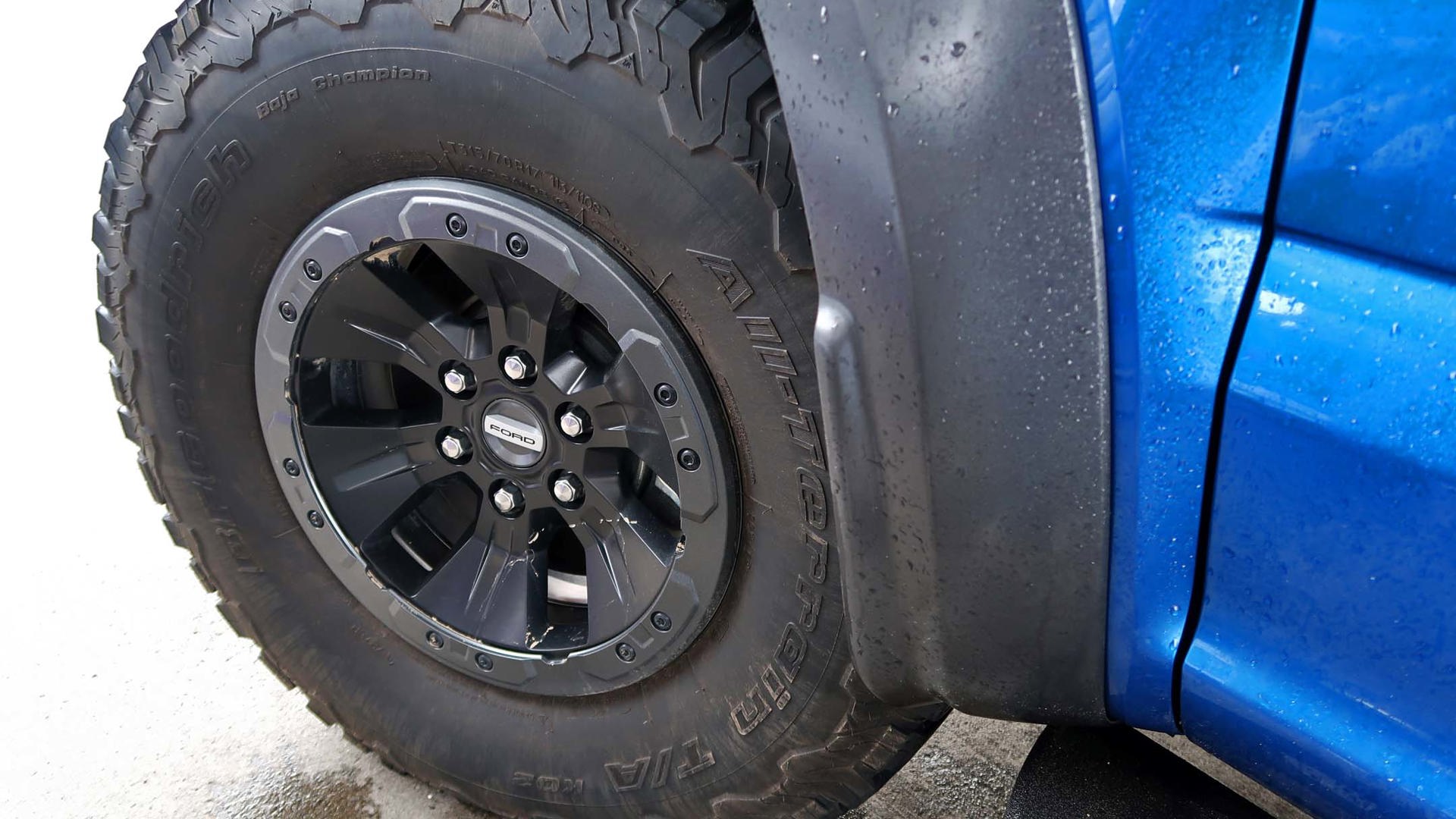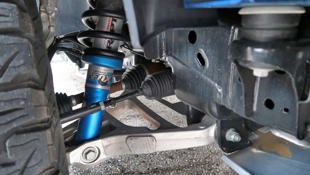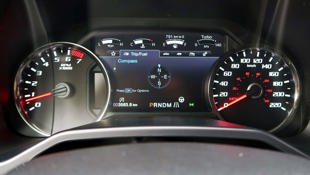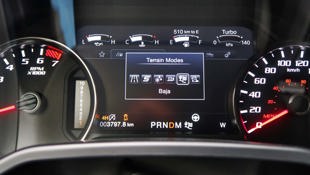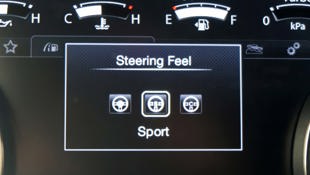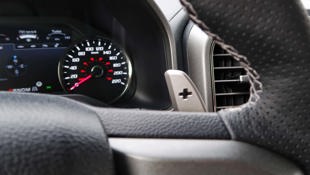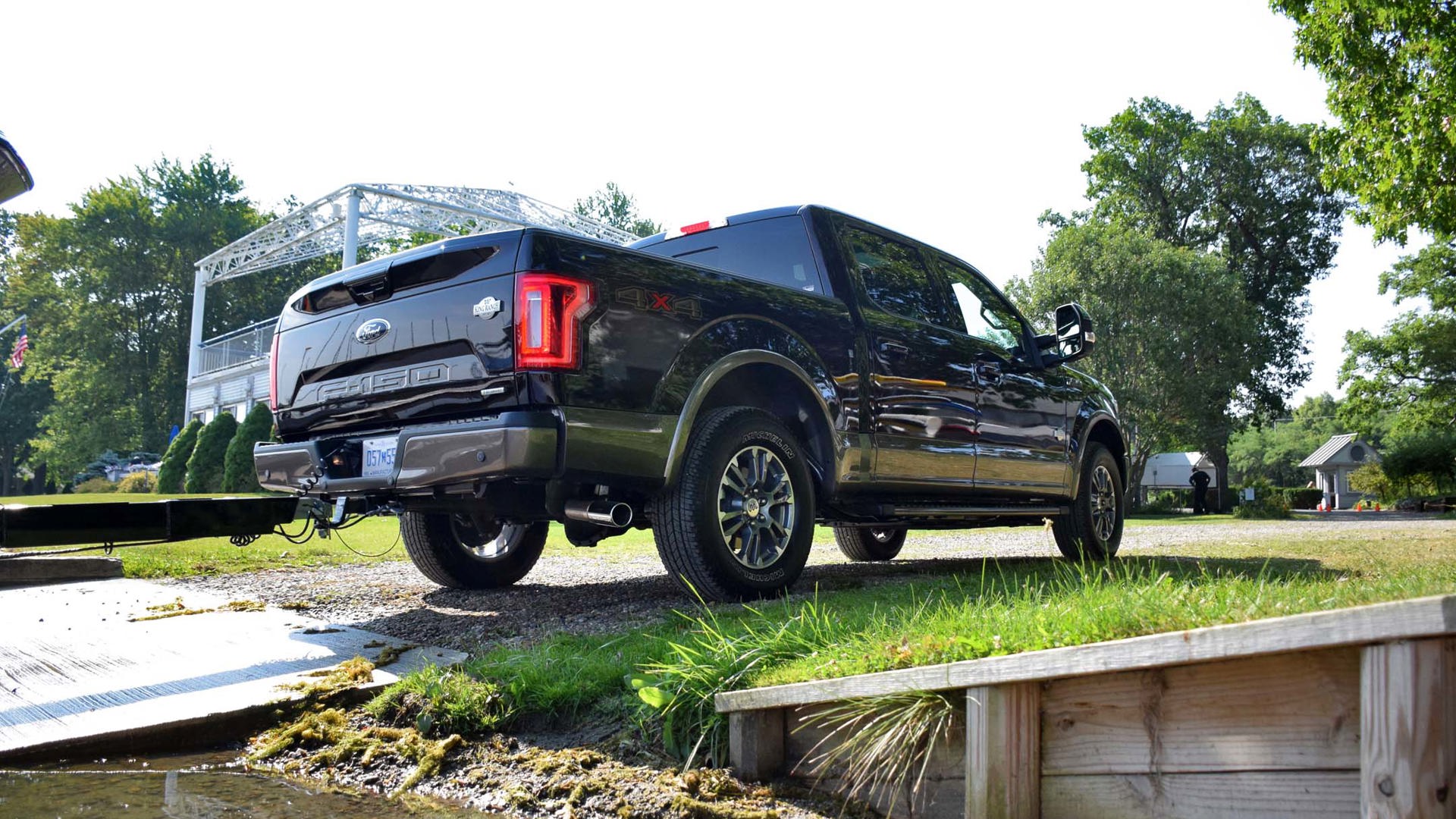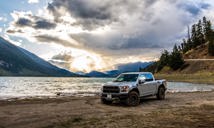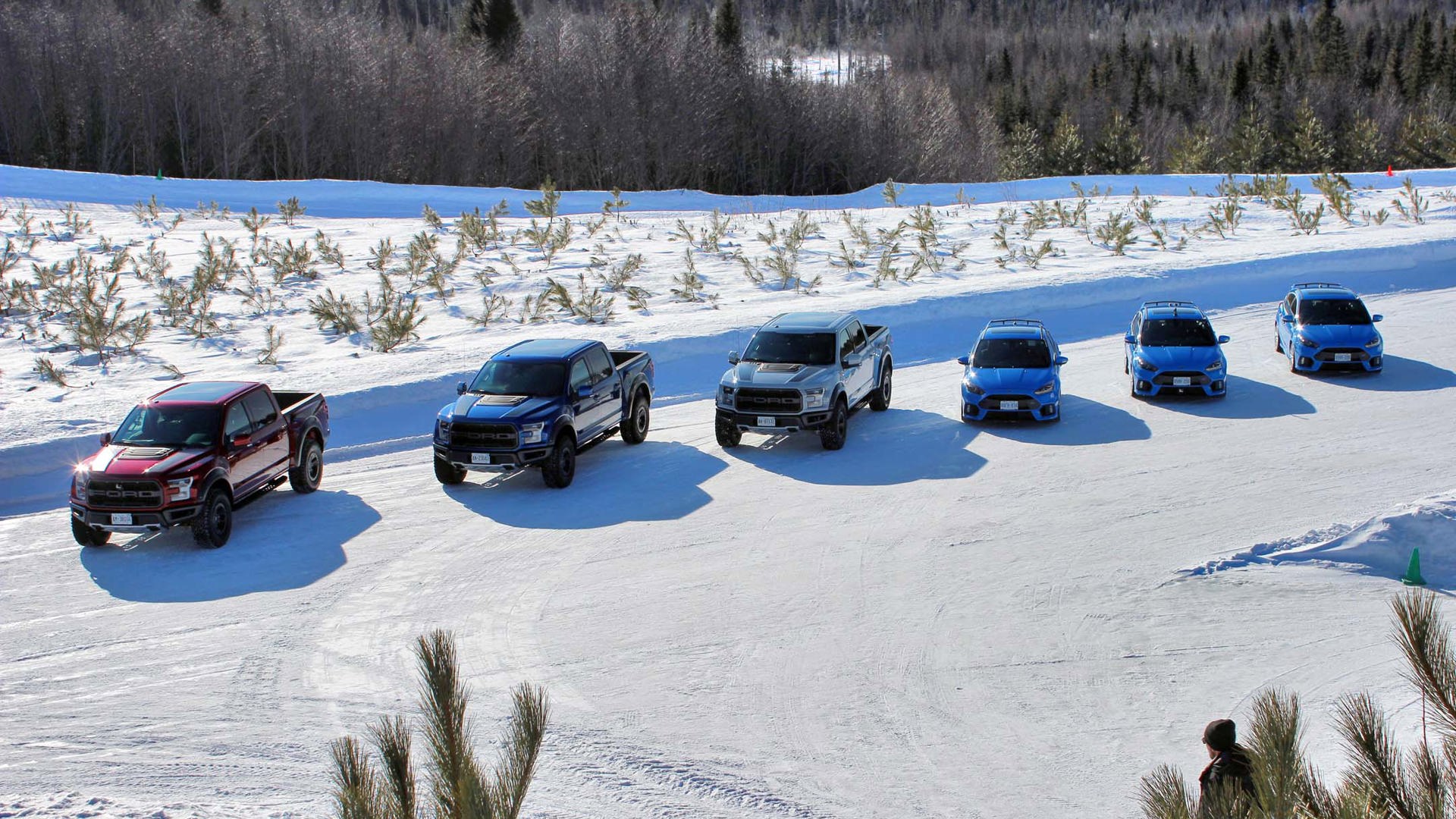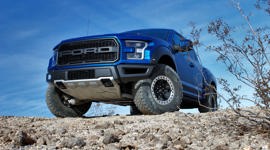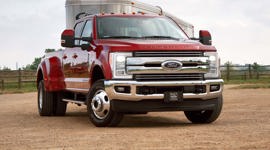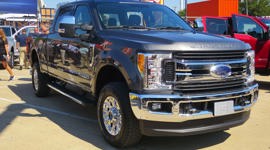 AutoTrader SCORE
AutoTrader SCORE
-
STYLING9/10
-
Safety9/10
-
PRACTICALITY8/10
-
USER-FRIENDLINESS7/10
-
FEATURES7/10
-
POWER9/10
-
COMFORT8/10
-
DRIVING FEEL8/10
-
FUEL ECONOMY7/10
-
VALUE7/10
If you do not believe in love at first drive, then you have never been behind the wheel of a Raptor.
A truck that can tackle a Baja rally straight off the showroom floor.
I was smitten from the very first time I hoisted myself up into the first-generation Raptor and was turned loose on a desert racecourse. You do not know love until you have bonded with a truck that can tackle a Baja rally straight off the showroom floor.
And now there’s a second-generation one, carrying an aluminum body, with a turbocharged V6 instead of eight cylinders, and ten speeds in its transmission. I’m enthralled with this one too, but while it’s technologically more advanced than the truck it replaces, a piece of my heart still burns for that first one.
What makes the 2017 Ford F-150 Raptor special is that its capability comes right out of the box. You can add luxury or convenience options, but the basic go-anywhere stuff is integral to the package. You also can’t buy add-ons and make one out of an ordinary F-150, because the wider body, wider stance, special styling cues, and suspension are all unique to the Raptor. It’s available as a SuperCab, or as with my tester, the SuperCrew.
It’s costly love, mind you. The SuperCrew starts at $69,899, while mine was goosed with numerous options, including a $7,900 package that added such items as a heated steering wheel, automatic climate control, 360-degree camera and navigation; a twin-panel sunroof for $1,750; and 17-inch forged aluminum wheels for $1,390. My heavily optioned truck came to $88,239, but what really boggled the mind was the decals: $1,350 for the Raptor identification on the flanks, and $1,150 for the black matte stickers on the hood.
Ford says the switch to an aluminum body scraped some 227 kilograms off the curb weight. A friend generously let me drive his last-generation Raptor back-to-back with it, and the new one does feel like it’s slimmed down. The boxed frame is high-strength steel, and as with the regular F-150, there are barriers to keep the two metals from interacting with each other. (Ford still insists on calling it “military-grade” aluminum, of which there is no such thing: it’s a marketing term, dreamed up because it’s similar to that used in some military vehicles. The official US Army grade is called Mil-Spec, but Ford doesn’t mention that one.)
The new engine is a 3.5L twin-turbo EcoBoost V6 that churns out 450 horsepower and 510 lb-ft of torque, up from 411 horses and 434 lb-ft in the V8-powered Raptor. It features direct injection, oil jets for piston cooling, upgraded crankshaft and bearings, and a variable-displacement oil pump, along with an improved cooling system and true dual exhaust. There’s a start-stop system that shuts off the engine at idle for fuel and emissions savings, but it can be disabled by a button on the dash.
I worried that the ten-speed transmission might annoyingly hunt for a gear, as these multi-speeds sometimes do, but this one’s almost perfectly dialed in. The shifts are quick and, when you’re driving moderately, barely noticeable. In normal driving mode it runs up the gears as quickly as possible to reach the fuel-efficiency ones, and while many eight- or nine-speeds seldom see their highest ratios, the Raptor was quick to slip into tenth gear any time I was easy on the throttle, even around 60 to 80 km/h. But hit it hard, and the transmission bypasses gears, immediately selecting the right one rather than working down the range. There’s also sequential manual mode, accessed with magnesium paddles on the steering wheel.
But is the truck truly better? I think it comes down to perception. The new Raptor is more powerful, that ten-speed is a thing of beauty, and it has more off-road capability. But while the turbocharged engine is a lot smoother than the previous 6.2L V8, and the ten-speed is more efficient than the old six-speed – well, quite frankly, I got into my friend’s truck and thought the old one felt more raw and engaging. I’d say they’re different, rather than better-or-worse, but I give the old Raptor a couple of extra ticks on the fun factor when you hit the gas.
There’s a new transfer case as well, which includes an “Automatic” setting for on-road four-wheel driving, along with 4High, 4Low, with a mechanical lock for both. The new Terrain Management System provides such settings as Weather, Mud and Sand, Baja, and Rock Crawl, and each automatically selects the suitable 4WD mode, engine and transmission calibration, and stability control for the job. You can also separately select the steering feel between Normal, Comfort, and my favourite, Sport.
There’s no desert racecourse near my house, unfortunately, but there’s a pretty gnarly mud trail where the off-roaders and ATV fans go to play. I went there after two days of rain, and got a very enthusiastic thumbs-up from a group of guys who stopped unloading their machines to watch my Raptor catch some air off a bump, land in some water, and then plow its way through the mud ruts, while I kept my foot in it and prayed I wouldn’t need to use the rubber boots I’d brought along just in case. (I didn’t. Thanks, Ford.)
Part of the magic is due to the designed-for-the-Raptor Fox shocks that have a wider diameter than in the last generation. Ride height is increased over the last one, as is wheel travel: a total of 330 millimetres (13 inches) in front, and 353 mm (13.9 inches) at the rear. The turning radius is surprisingly tight for the truck’s size, and the running boards make it easy for shorter people (e.g. me) to get in, while not presenting any serious issues with ground clearance. The redesigned bumpers give it a 30-degree front approach angle and 23-degree departure, with 22-degree breakover. And for those who are really serious about staying off the asphalt, the optional forged wheels can be used with bead locks.
Now, let’s be honest. If you’re not the yee-haw type, the Raptor makes absolutely no sense. It’s too wide, too tall, and way too expensive for those who just want daily transportation. It’s purpose-built – and if you’re into that purpose, you can’t buy or build anything better than this. Take it into its element and thrash it, and I guarantee you’ll be hooked too.
| Engine Displacement | 3.5L |
|---|---|
| Engine Cylinders | V6 |
| Peak Horsepower | 450 hp @ 5,000 rpm |
| Peak Torque | 510 lb-ft @ 3,500 rpm |
| Fuel Economy | 15.6/13.2/14.5 L/100 km city/hwy/cmb |
| Cargo Space | 5.5' box |
| Model Tested | 2017 Ford F-150 Raptor SuperCrew |
| Base Price | $69,899 |
| A/C Tax | $100 |
| Destination Fee | $1,700 |
| Price as Tested | $89,939 |
|
Optional Equipment
$18,240 – Special equipment group (360 camera, blind spot warning, automatic climate control, second-row heated seats, heated steering wheel, inflatable rear seat belts, trailer brake controller, Pro Trailer Backup Assist, Sony single CD with Sirius XM, SYNC connect, navigation) $7,900; twin-panel sunroof $1,750; exterior graphics package $1,350; hood graphics package $1,150; interior carbon fibre package $1,250; tailgate step $400; 17-inch forged aluminum wheels $1,390; Raptor technology package (adaptive cruise control) $2,500; spray-in bedliner $550
|
|
